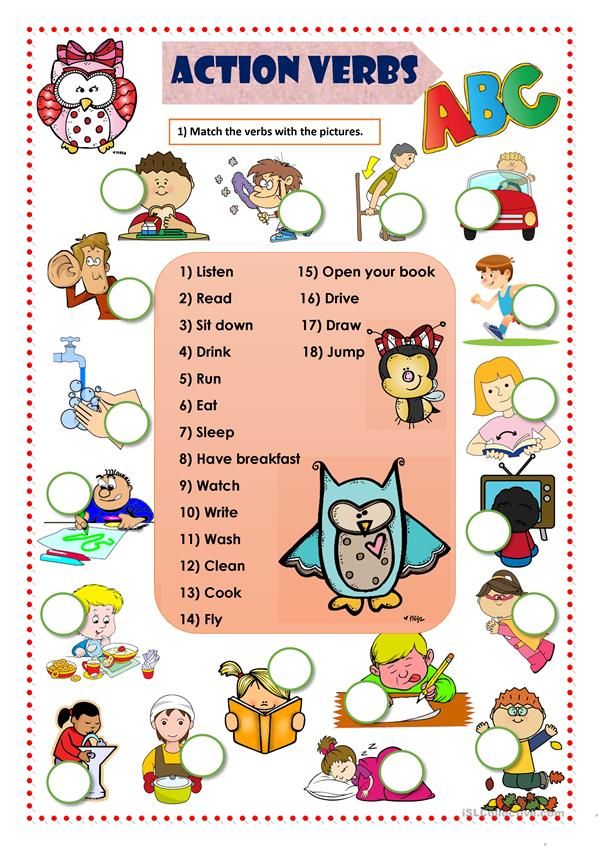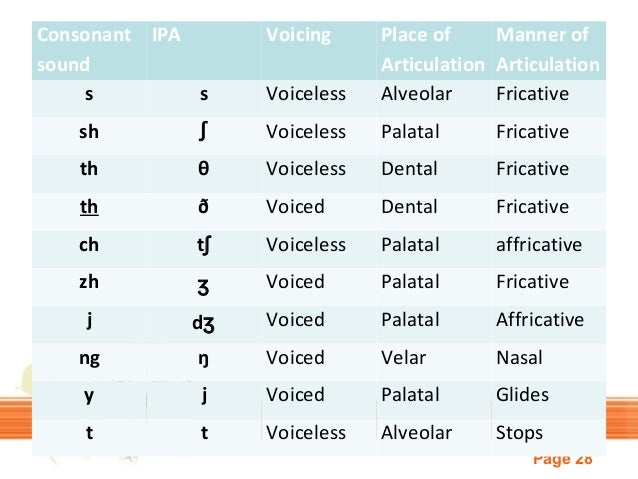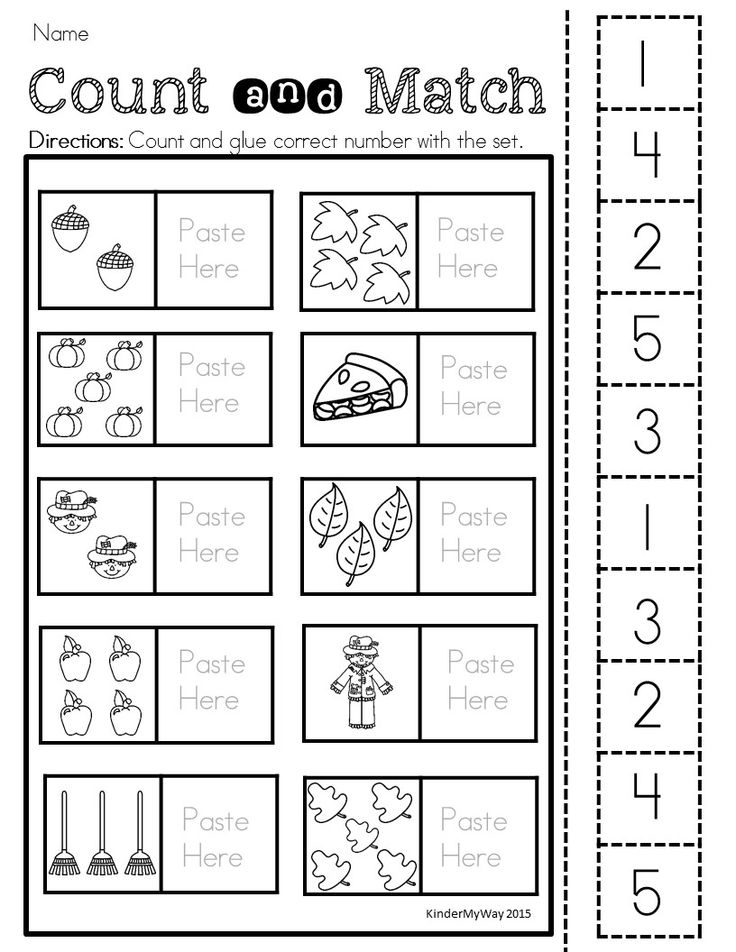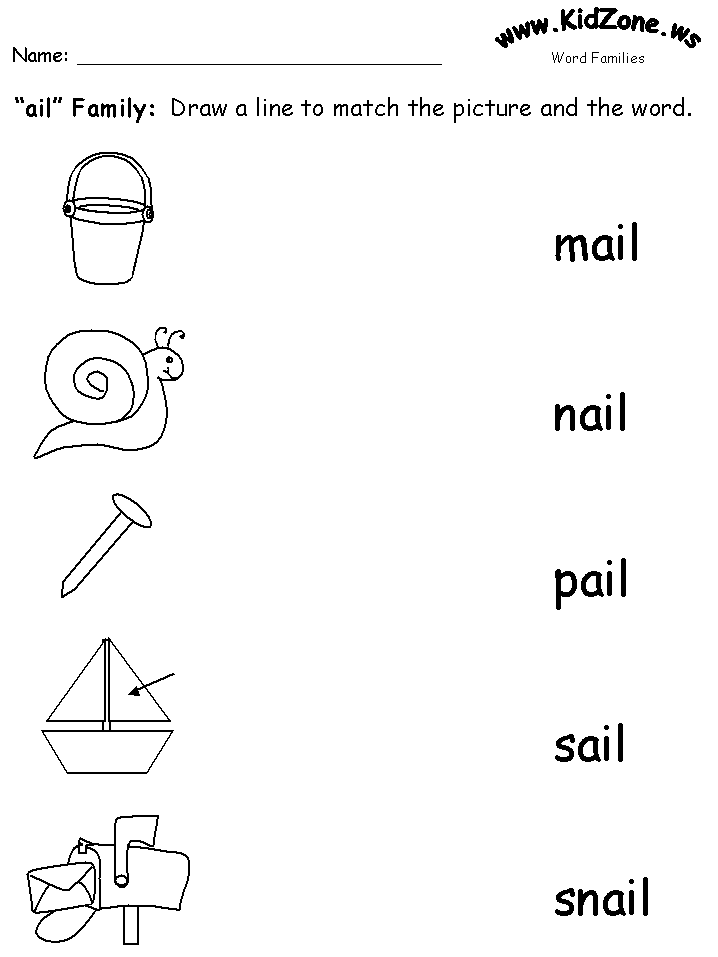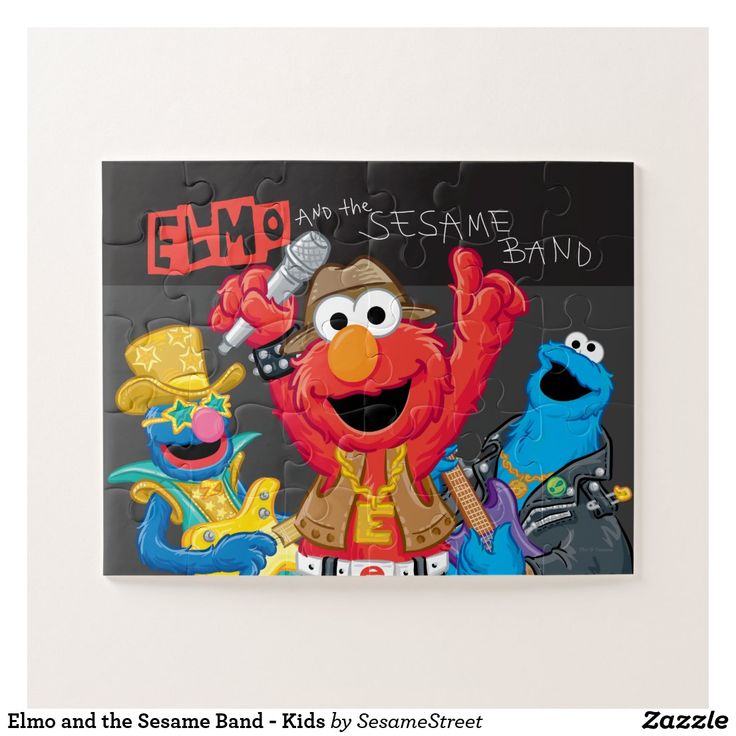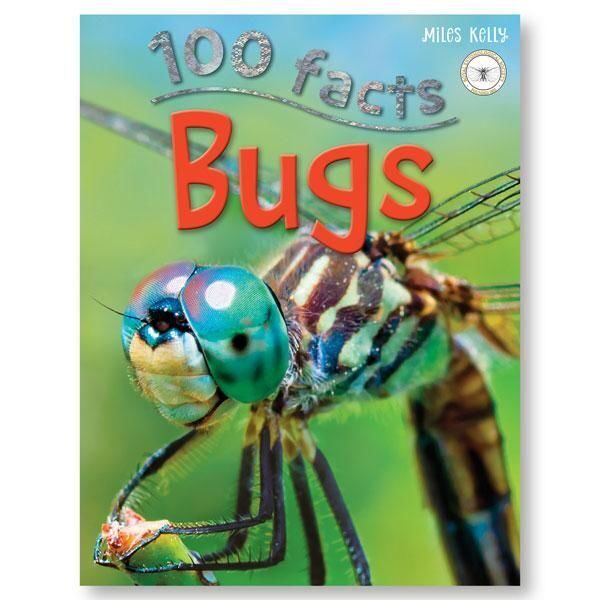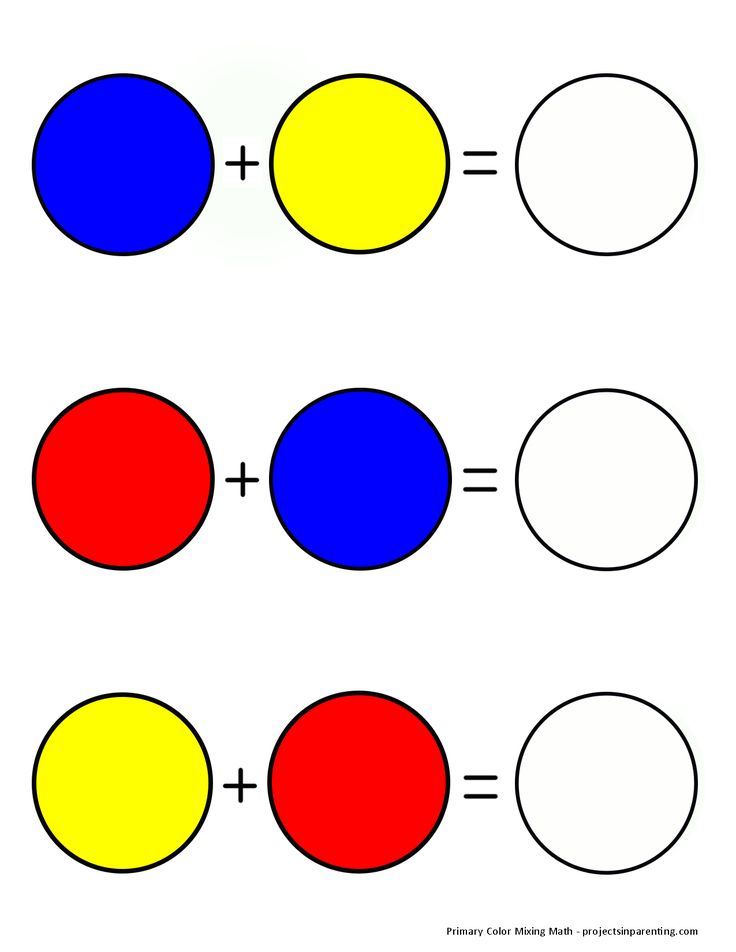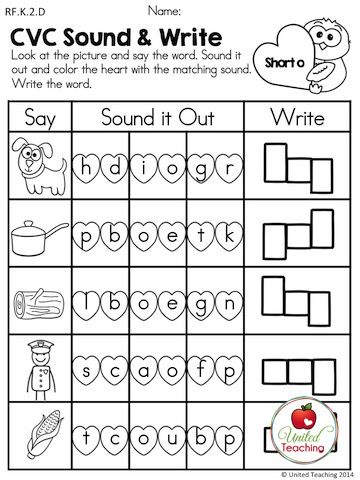Teaching short vowel sounds
5 Fun Short Vowel Activities That Only Take 5 Minutes
Do your students confuse their short vowel sounds? Maybe they substitute e for a? Or i for e? Or just need more practice in general?!
The short vowel sounds can be so tricky, especially for students who have certain accents. In the southern United States, where I live, sometimes the e and i sound exactly the same!!
Accent or no accent, I find that my students need lots of practice differentiating between the short vowel sounds. They need practice when they’re first learning the sounds, of course, but ALSO later on. Once they learn long vowel sounds, things can get confusing, and we need to come back and review the short vowel sounds too!
In this post, I’ll share 5 short vowel activities that are fun, low prep, and only take a few minutes to implement. Plus I’ve got
4 freebies for you! 🙂 Make sure to read all the way through the post so you don’t miss any of these freebies.
In this activity, you say a word with a short vowel sound aloud. Students have to listen, repeat the word, identify the correct short vowel, and hold up the corresponding puppet.
In addition to holding up the puppet, students should identify the vowel. You can have them say the sound. Or, even better, have them say the letter name and sound: “A says /a/.”
Here’s an example:
You say the word “fish.”
Students say: “Fish.” Students hold up the “i” puppet. Students say: “I says /i/.”
It takes a little time to make the puppets, but once they’re done, you can use them over and over and over again!
You can download the templates HERE!
Activity #2: Sand Writing
Having kids trace a vowel in sand while saying the sound is an easy, engaging multisensory activity!
Just put sand on a paper plate, in an aluminum pie tin, or on a small tray. I like to use colored sand, like this (that’s an Amazon affiliate link), but regular sand works just fine too.
There are a few different things you can do with sand:
Option 1: Say a short vowel sound (i.e. /u/). Students repeat the sound. Students then write the correct letter in sand. While they are writing the letter, they say the letter name and sound (“U” says /u/).
Option 2: Use the same procedures for activity #1, where you say a short vowel word and students identify and write the vowel sound they hear. You’ll still want students to say the letter name and sound while they trace.
If you’re out of sand or want to change things up…try the free Sand Draw app!
Although it’s not quite the same as real sand, kids still get the sensory experience of tracing with their finger while saying the sound aloud.
Activity #3: Picture Sorts
This activity is simple but helpful for students who are having trouble differentiating between the vowel sounds.
Give students a set of picture cards for 2-3 sounds total (i.e., some pictures for a, i, and u). Have them name each picture out loud.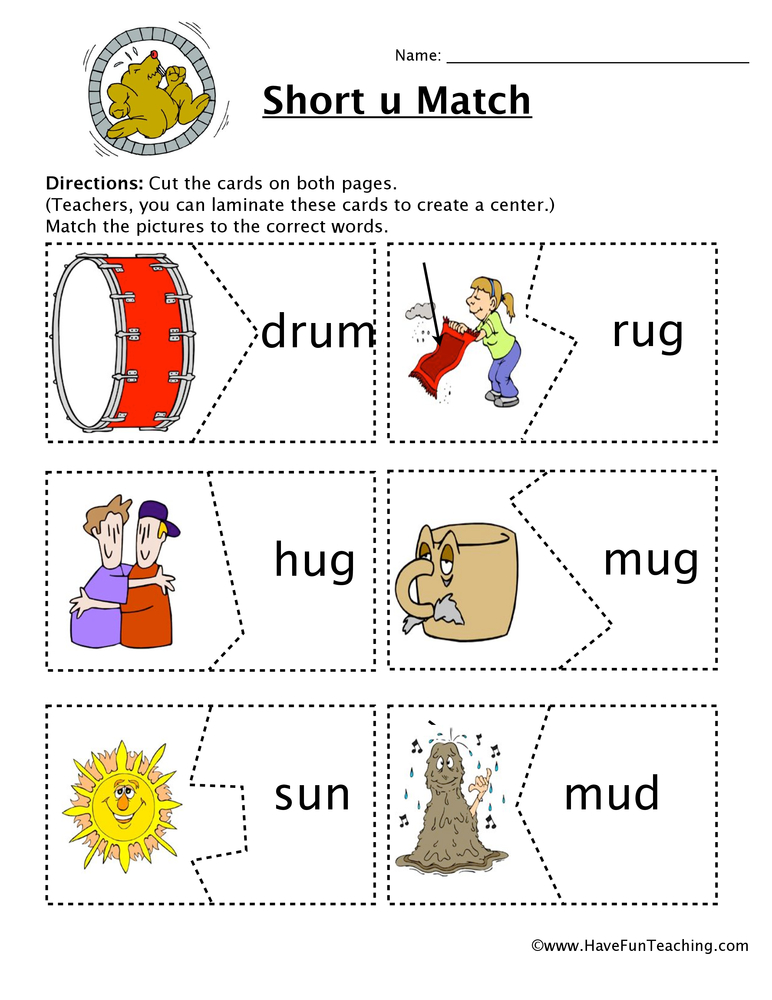 Then, have them sort the pictures. When they’re finished, they can “read down” the column of pictures, again naming each picture. Once a student finishes reading down the column, he/she identifies the vowel sound that those pictures all contain.
Then, have them sort the pictures. When they’re finished, they can “read down” the column of pictures, again naming each picture. Once a student finishes reading down the column, he/she identifies the vowel sound that those pictures all contain.
If you need pictures for sorting, you can grab some HERE!
Activity #4: Vowel Fluency Strips
Even when students know the short vowel sounds, they may not always read them correctly in words!
To help them apply that knowledge, they need lots of practice. In-context practice is important (reading real texts), but isolated practice can be helpful too.
These (free) fluency strips are a great way for students to practice paying close attention to the vowel sound in a word!
If it helps, students can highlight all the vowels before they read across the strip.
Or, you can laminate the strips and have them use dry erase markers. You can put the strips on a ring, too!
A few of the words in the freebie may be unknown to students, so make sure to talk about what they mean, as well.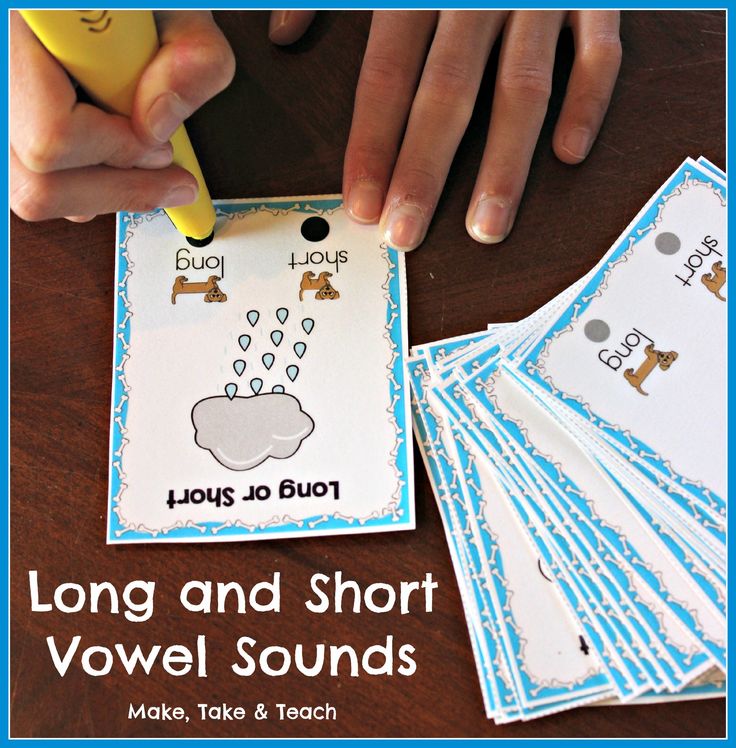
Grab the vowel fluency strips HERE!
Activity #5: Short or Long?
As I mentioned at the beginning of the post, students tend to experience vowel confusion once they start learning long vowel sounds.
It’s important to go back and review short vowel sounds (and contrast them to the long sounds). Word sorts and picture sorts are great for this. Another fun, simple activity is a game we play called “Short or Long?”
You say a word (or even just a vowel sound), and students have to call out the vowel sound and whether it is long or short (i.e., “Long A!”).
If you have Slinkys or rubber bands, students can stretch or contract them as they call out the vowel sound (i.e. stretching the rubber band long for a long vowel sound).
If you’re working in a larger group setting, you may want to have students write on a whiteboard rather than call out their answer.
Need More Phonics Activities?
I hope these ideas were helpful to you!! A couple more ideas (I know, I know, I only said 5 but I can’t help myself!) Check out my no-prep phonics games for Kindergarten and 1st grade.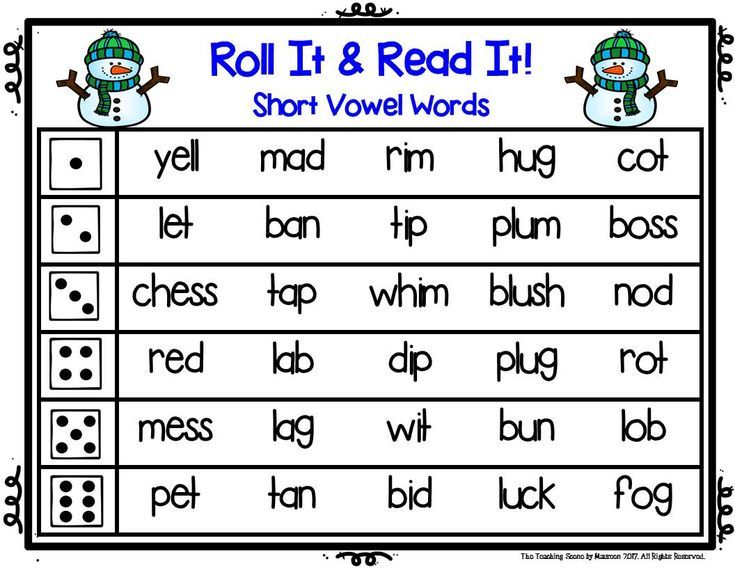 There’s a specific set for each of those grades geared towards CVC words.
There’s a specific set for each of those grades geared towards CVC words.
Other products for CVC words would be the Kindergarten Decodable Readers for CVC words (Set 1 and Set 2) and the 1st Grade Decodable Readers for CVC words. Options are endless!
I also have one more bonus freebie for you – customizable word work games to help your students practice short vowel words or any other words of your choice!
There are many more activities for short vowels and other skills in my phonics program, From Sounds to Spelling.
From Sounds to Spelling is a comprehensive program that addresses:
- Phonological awareness
- Phonics – including decoding and spelling
- High frequency words
- Handwriting
The program includes:
- Complete lesson plans
- Games and activities for students (i.e. for independent work or small group)
- Decodable texts
- Phonics posters
- Leveled materials for differentiation
To learn more about this Kindergarten, 1st grade, and 2nd grade phonics program, click on the image below:
Happy teaching!
Mastering Short Vowels and Reading Whole Words with Calista, First Grader
Literacy terms
Blending: Combining units of sound (syllables, onsets and rimes, phonemes) to form a word.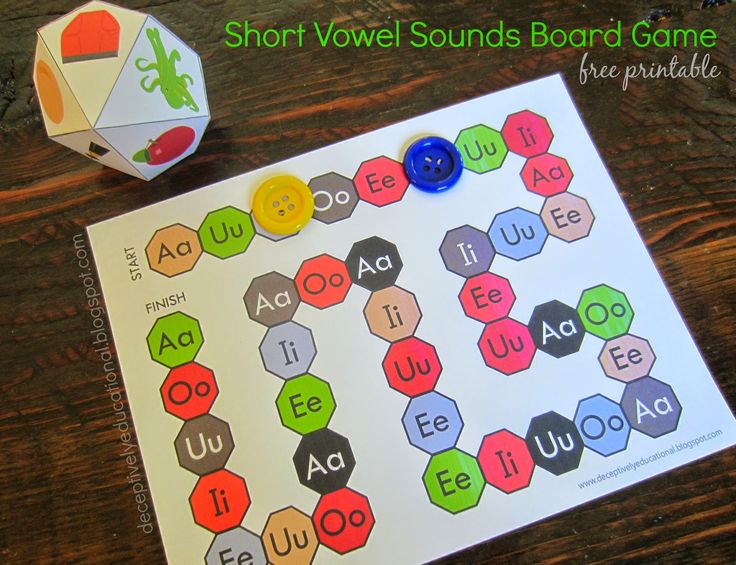
Multisensory instruction: Instruction that engages more than one sense at a time to help students learn. A multisensory activity can include seeing, talking, hearing, moving, and touching.
Sound chaining: A sound manipulation exercise where one sound is changed to make each new word in a series of words. Example: sip to tip to tape to take to make to mate to mat to hat.
Related resources from Reading Rockets
Watch other episodes in this series
In the classroom
Featured articles
Reading 101 self-paced course
Additional resources
Letter Names vs. Letter Sounds
See transcript >
Stretching CVC Words
See transcript >
About Linda Farrell
Linda Farrell is a founding partner at Readsters, an Alexandria, VA-based firm that helps schools implement research-based reading instruction. She is committed to effective early reading instruction in, to helping struggling readers become strong readers, and to ensuring that strong readers achieve their full potential.
Linda works in schools throughout the U.S. training and coaching teachers and modeling effective reading instruction. She also has designed curricula in Niger and Senegal for children to learn to read in their local languages.
Linda is a former English teacher. She was a National LETRS trainer for seven years. She has co-authored assessments and curricula for teaching reading, as well as several other published works. Linda can be reached at: [email protected]
Transcript
Mastering Short Vowels and Reading Whole Words with Calista, First Grader
[Music]
Linda Farrell: What do we call that vowel sound? You say …
Calista: Short ‘o.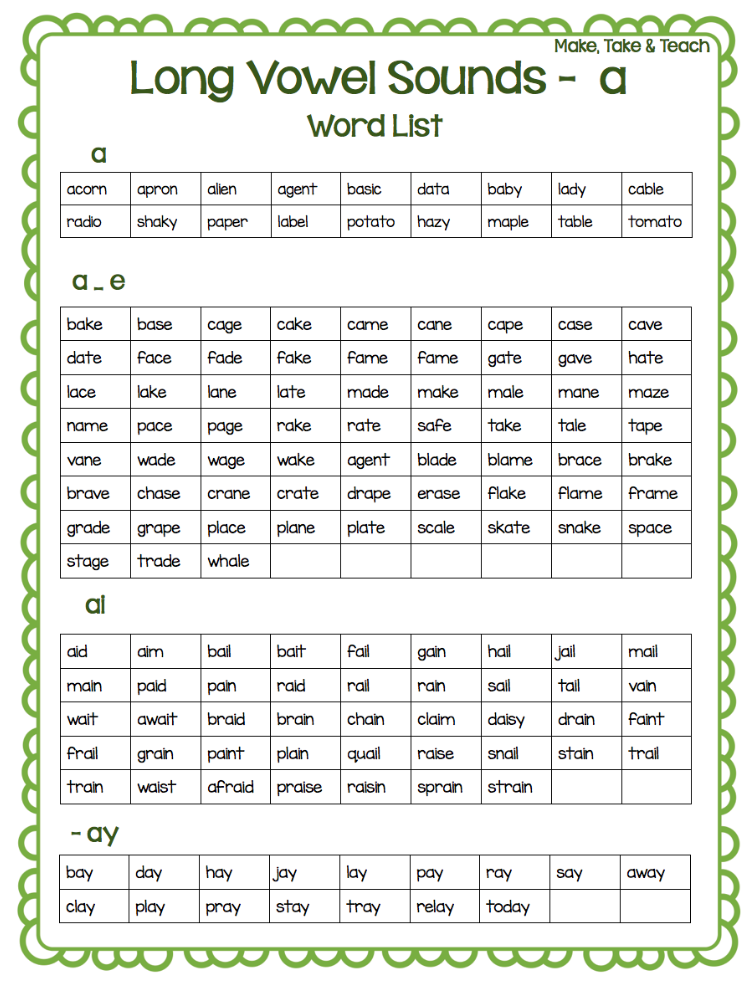 ’
’
Linda Farrell: You got it!
Calista is in first grade at Windy Hill Elementary School in Calvert County, Maryland. She’s an early stage reader who sounds out letters accurately. And she can blend those letters together to form words.
Linda Farrell: Calista, could you please read this column.
Calista: /D/, /i/, /d/, did. /A/, /d/, add. /P/, /al/, pal. /G/, /um/, gum.
Reading expert Linda Farrell is helping Calista take the next step toward fluent reading … reading each word as a whole rather than one sound at a time. Their time together will include work on short vowel sounds, blending and manipulating sounds, reading whole words, and fluency. Ms. Farrell starts by making sure Calista has a strong foundation in her short vowel sounds.
Linda Farrell: We’re gonna learn some motions. Can you hold an apple in your hand? And when I ask you the short ‘a’ sound, you’re gonna say, /aaa/.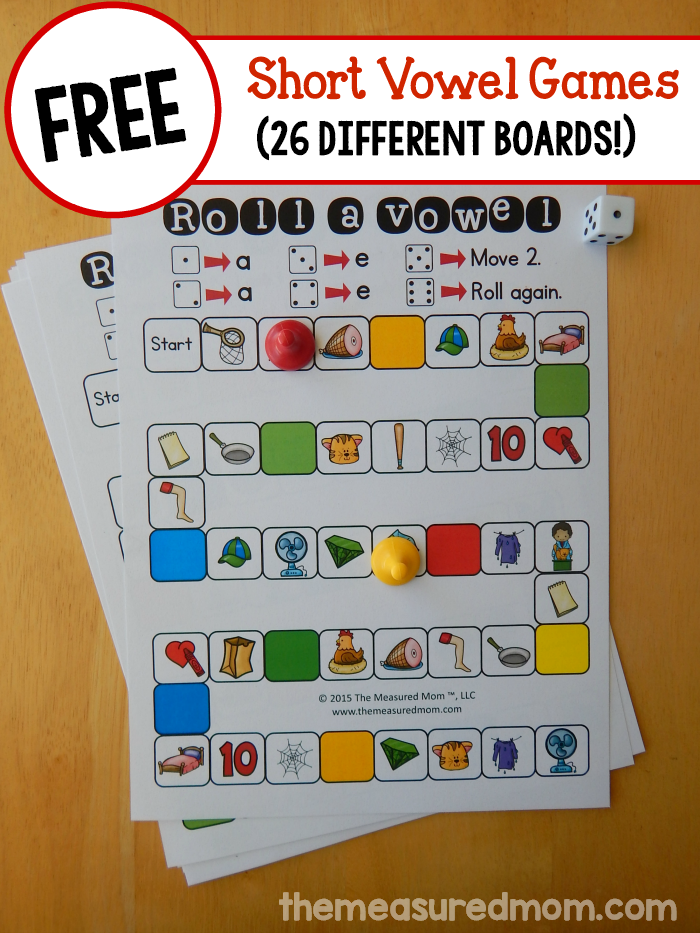 Say it.
Say it.
Calista: /a/
Linda Farrell: Now watch me. /Aaaaaa-pul/. You do it.
Calista: /Aaaaaa-pul/
Linda Farrell: Okay. That is going to remind you of the short ‘a’ sound. That’s our motion, so say, /aaa/.
Calista: /a/
Linda Farrell: And when I ask you what the short /a/ sound is, you’re gonna go /aaaa/. Do it.
Calista: /aaa/
Linda Farrell: For short ‘e,’ go like this. Watch me. Go /eeeeeh-j/.
Calista: /eeeeh-j/
Linda Farrell: So we want to start out by making sure she’s solid with her short vowel sounds. So that’s the first thing we did. And she did know her — when I said, “What’s short ‘a’?”, she knew it. She had to think a little bit. So what we did is we want her to — when she can’t remember the vowel sound real easily, we want to not have to give it to her. We want her to have a scaffold to learn it.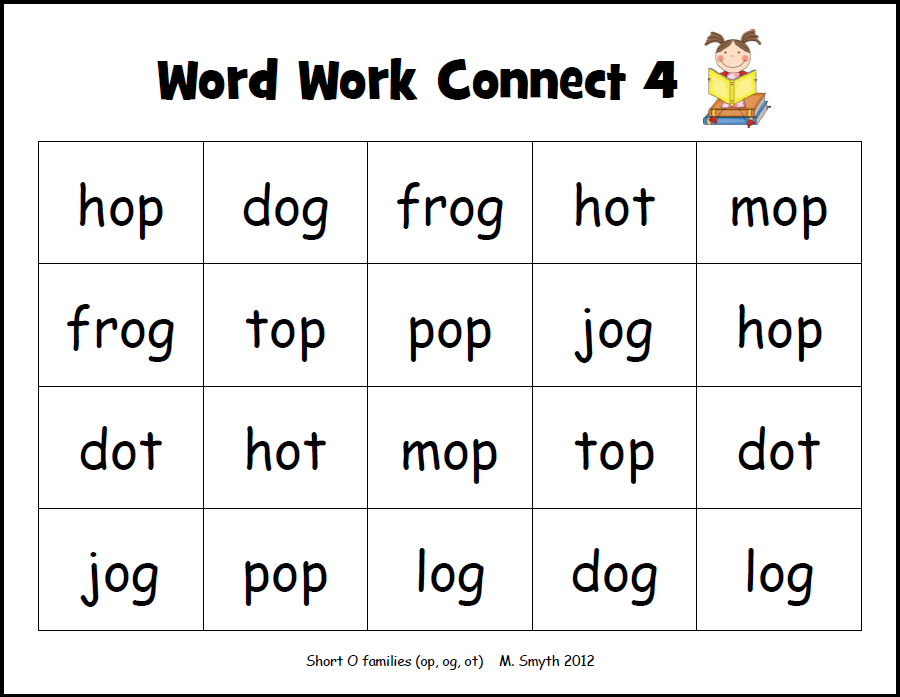 So we taught Calista the motions that go with the vowel sound, so that if she can’t remember a vowel sound — what is the short ‘o’ sound? — then all she has to do … I can go like this and remind her, or she can go, oh, it’s /ah/, it’s octopus.
So we taught Calista the motions that go with the vowel sound, so that if she can’t remember a vowel sound — what is the short ‘o’ sound? — then all she has to do … I can go like this and remind her, or she can go, oh, it’s /ah/, it’s octopus.
Linda Farrell: I tell you what we’re gonna do. We are gonna go to short ‘o.’ Are you ready? Okay. Here we go. /Aaaaahc-tuh-pus/.
Calista: /aaaaahc-tuh-pus/
Linda Farrell: Now we’re not gonna say the /k-tuh-pus/ part. We’re just gonna say /aaah/.
Calista: /aaah/
Linda Farrell: What’s the short ‘o’ sound?
Calista: /aaah/
Linda Farrell: And make the motion.
Calista: /aaah/
Linda Farrell: What’s the short ‘a’ sound?
Calista: /aaa/
Linda Farrell: Short ‘o’?
Calista: /aaah/
Linda Farrell: Okay. Now we’re gonna learn short ‘u.’ You ready for short ‘u’? /Uuu-p/. Do it.
Calista: /uuu-p/
Linda Farrell: And the first sound in up is /uuu/.
Calista: /uuu/
Linda Farrell: What’s the short ‘u’ sound?
Calista: /uuu/
Linda Farrell: Short ‘a’?
Calista: /aaa/
Linda Farrell: Short ‘o’?
Calista: /aaah/
Linda Farrell: Short ‘u’?
Calista: /uuu/
Linda Farrell: The vowel motions that we teach are purposefully motions. They aren’t static, because if I say /a/, /eh/, /i/, /ah/, /u/, you can hardly hear the difference between those sounds. /A/, /eh/, /i/, /ah/, /u/. And children who have phonological awareness difficulties, which is the biggest one of the — it is the biggest problem in reading issues — they don’t hear the vowel sounds easily. Listen to this: /aaaa/, /eeeeh/, /iiiii/, /aaah/, /uuuu/. They sound different. So we want to encourage the children not to say /a/. We want them to say /aaaa/; therefore, the motion that we use — which is holding an apple and then move it across the front of your body, left to right, motion of reading, /aaa/, and then /pul/ is what the rest of the word is, but we only say the first sound — everything encourages them to draw out that sound.
We want them to say /aaaa/; therefore, the motion that we use — which is holding an apple and then move it across the front of your body, left to right, motion of reading, /aaa/, and then /pul/ is what the rest of the word is, but we only say the first sound — everything encourages them to draw out that sound.
Linda Farrell: Now we’re gonna learn short ‘i.’ Are you ready for short ‘i’?
Calista: Mm-hmm.
Linda Farrell: Okay. Watch this. I went stomping … I went hiking, and I stomped and tromped in some poison ivy, and, boy, do I /iiiiiii-ch/. Do it. Do this.
Calista: /iiiii-ch/
Linda Farrell: /Iiiiiii-ch/. Do it.
Calista: /iiiii-ch/
Linda Farrell: Now, you have to smile real big when you say itch. Go /iiiiiiiii-ch/.
Calista: /iiiiiiii-ch/
Linda Farrell: Do it again. Short ‘i’ sound.
Calista: /iiiiiiii-ch/
Linda Farrell: Okay. And itch is the guide word. I made a mistake. I should have told you that /i/ is just like this: /iii/. We don’t even say the /ch/ part, just do this: /iii/.
And itch is the guide word. I made a mistake. I should have told you that /i/ is just like this: /iii/. We don’t even say the /ch/ part, just do this: /iii/.
Calista: /iii/
Linda Farrell: What’s the short ‘i’ sound?
Calista: /i/. /iii/.
Linda Farrell: Make it go /iiiiii/.
Calista: /iii/
Linda Farrell: What’s the short ‘a’ sound?
Calista: /aaa/
Linda Farrell: Short ‘i’?
Calista: /iii/
Linda Farrell: Short ‘i’?
Calista: /iii/
Linda Farrell: Short ‘a’?
Calista: /aaa/
Linda Farrell: Short ‘o’?
Calista: /aaah/
Linda Farrell: Short ‘u’?
Calista: /uuu/
Linda Farrell: You know your short vowel sounds!
Linda Farrell: Calista was very confident with her vowel sounds. She knew them. I would still have worked on them a little bit more, but she was confident enough for me to move on to the next step. So the next step with a kid who’s reading sound by sound isn’t really intuitive. It’s often a phonological problem. It isn’t a problem with the letters. The kid knows the letters. I know the letter sounds. I can blend the letter sounds into a real word. What they aren’t doing is thinking the sounds in their mind. They’re turning that word — if it’s hug, they look at it and they go /h/, /u/, /g/. And they are never getting the full visual picture of that word. To them it’s always an ‘h-u-g,’ a /h/, /u/, /g/. Not hug. So they haven’t moved to where they can read the whole word without breaking it into phonics. And that’s a step that we’re going to have to teach her to do, which is one of my favorite things to do, because it’s just, they just go from being really slow readers to just being normal readers once they can get this phonological representation.
I would still have worked on them a little bit more, but she was confident enough for me to move on to the next step. So the next step with a kid who’s reading sound by sound isn’t really intuitive. It’s often a phonological problem. It isn’t a problem with the letters. The kid knows the letters. I know the letter sounds. I can blend the letter sounds into a real word. What they aren’t doing is thinking the sounds in their mind. They’re turning that word — if it’s hug, they look at it and they go /h/, /u/, /g/. And they are never getting the full visual picture of that word. To them it’s always an ‘h-u-g,’ a /h/, /u/, /g/. Not hug. So they haven’t moved to where they can read the whole word without breaking it into phonics. And that’s a step that we’re going to have to teach her to do, which is one of my favorite things to do, because it’s just, they just go from being really slow readers to just being normal readers once they can get this phonological representation.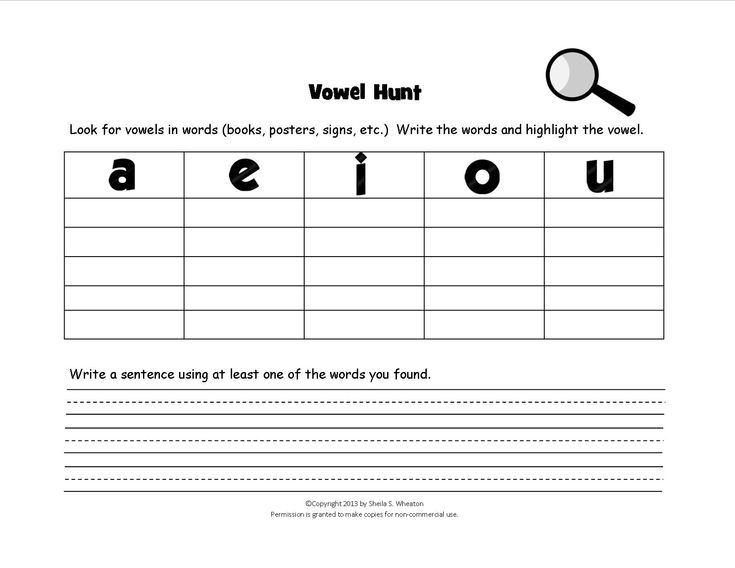
Linda Farrell: We’re going to do something that we call sound chaining. Okay? I’m going to show you how it works. So I say, “Miss Linda, show me the sounds in ‘lip,’” so I go /l/, /i/, /p/, lip. You touch and say.
Calista: /l/, /i/, /p/, lip
Linda Farrell: Okay. What’s the first sound in lip?
Calista: ‘l’
Linda Farrell: ‘L’ is the name of the letter. What’s the sound?
Calista: /l/
Linda Farrell: What’s the next sound in lip?
Calista: ‘i’
Linda Farrell: ‘I’ is the name of the letter. What’s the sound?
Calista: /i/
Linda Farrell: Okay. And when I ask you, you point to it, okay? So what’s the first sound in lip?
Calista: /l/
Linda Farrell: What’s the next sound in lip?
Calista: /i/
Linda Farrell: And the last sound in lip?
Calista: /p/
Linda Farrell: And what’s the …
Calista: lip
Linda Farrell: Okay.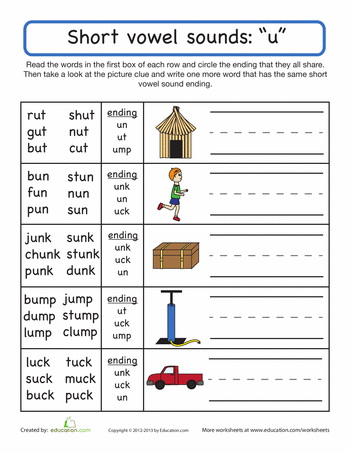 So that’s lip. If I want to change lip to sip, I take out the /l/, and I put in a /s/. Touch and say sip.
So that’s lip. If I want to change lip to sip, I take out the /l/, and I put in a /s/. Touch and say sip.
Calista: /s/, /i/, /p/, sip
Linda Farrell: What if I wanna change sip to tip?
Calista: You take away this one and add this one.
Linda Farrell: Okay. So what did I take out? Sip to tip. Say sip to tip.
Calista: Sip to tip
Linda Farrell: Which one did I take out? If this is sip, take out …
Calista: The /s/ and add the /t/.
Linda Farrell: Okay. Now I wanna change tip to Tim.
Calista: Hmm.
Linda Farrell: So let’s touch and say tip.
Calista: /t/, /i/, /p/, tip
Linda Farrell: Now touch and say Tim.
Calista: /t/, /i/, /m/, Tim
Linda Farrell: Which one’s different?
Calista: The last one.
Linda Farrell: So what do I take out of tip to change tip to Tim?
Calista: The last one.
Linda Farrell: And what sound do I take out?
Calista: ‘p’
Linda Farrell: ‘P’ is the name of the letter. What’s the sound?
Calista: /p/
Linda Farrell: Okay. Take it out. And what do I put in to make it Tim?
Calista: ‘m’
Linda Farrell: ‘M’ is the name of the letter. What’s the sound?
Calista: /m/
Linda Farrell: Okay. So now I’ve got Tim. Touch and say Tim.
Calista: /t/, /i/, /m/, Tim
Linda Farrell: I wanna change Tim to Tom.
Linda Farrell: When we work with sound-by-sound children, we make sure that they know the difference between letters and sounds and that they can manipulate sounds. Once they can blend and segment sounds confidently, we move to manipulating.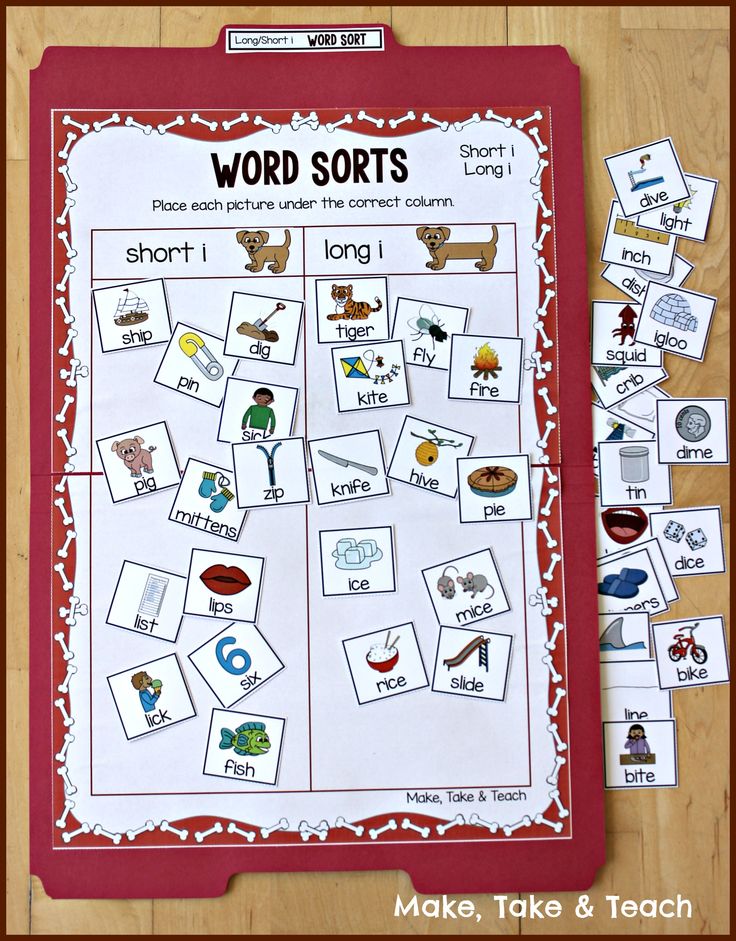 How do we do that? We work with colored tiles. They don’t have letters on them, because we want the child to have no distraction with letters. What we want is the child to be thinking about sounds.
How do we do that? We work with colored tiles. They don’t have letters on them, because we want the child to have no distraction with letters. What we want is the child to be thinking about sounds.
Linda Farrell: Touch and say tap.
Calista: /t/, /a/, /p/, tap
Linda Farrell: Can you change tap to tape?
Ms. Farrell gives Calista plenty of quiet time to think about which sounds are changing.
Linda Farrell: Let’s check that because … one thing you did right is there’s always only one tile that changes. Let’s touch and say tap.
Calista: /t/, /a/, /p/, tap
Linda Farrell: Touch and say tape.
Calista: /t/, /ay/, /p/, tape
Linda Farrell: Which one’s different?
Calista: Hmm. Middle.
Linda Farrell: Yeah. What sound do you take out of tap?
Calista: ‘a’
Linda Farrell: ‘A’ is the name of the letter.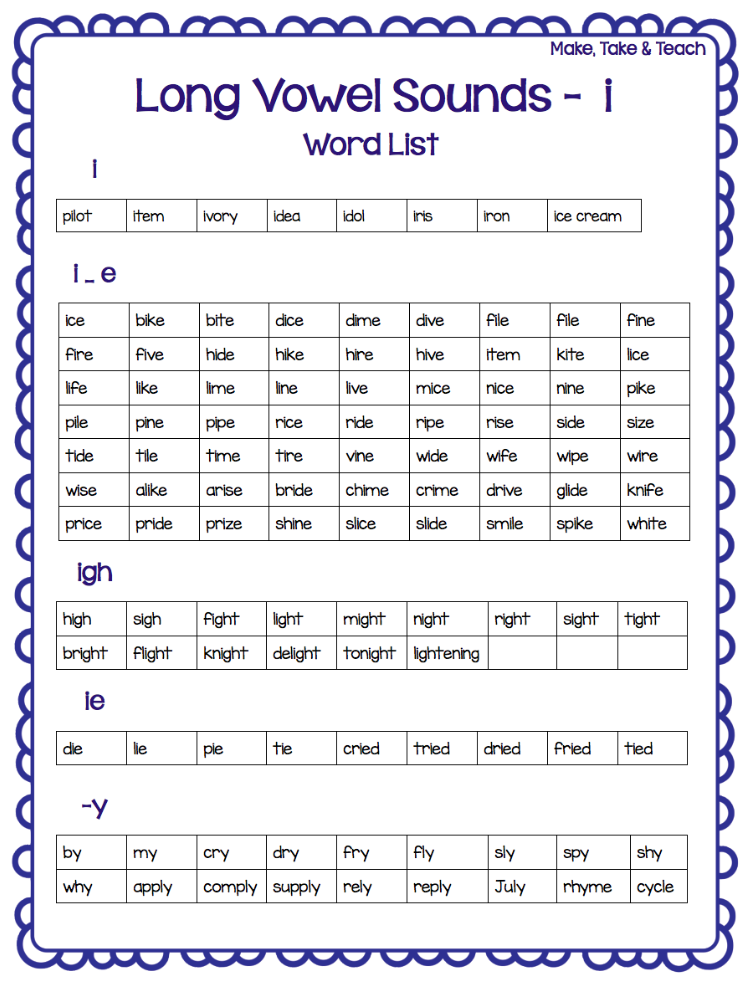 What sound do you take out of tap?
What sound do you take out of tap?
Calista: /a/
Linda Farrell: Okay. Take it out. And what sound do you put in to make tape?
Calista: /ee/
Linda Farrell: Say tape.
Calista: /t – ayp/
Linda Farrell: Touch and say.
Calista: /t/, /ay/, p/, tape
Linda Farrell: What sound was that?
Calista: /ay/
Linda Farrell: It was /ay/. Okay. So you put in the sound /ay/. If I want to change tape … sorry, yes … tape to take, which one do I change?
Calista: This one.
Linda Farrell: Yes. What sound do I take out of tape?
Calista: ‘p’
Linda Farrell: What sound?
Calista: /p/
Linda Farrell: Yeah. Okay. And what sound to I put in to make it take?
Calista: /k, k/
Linda Farrell: Now this time, when I ask you to make a change, keep your mouth closed and think about it. Okay? Okay. So don’t open your mouth. You can think the sounds in your head. So we’ve got take to make. Okay. Look down. You can look down. Take to make. Can you say take to make?
Okay? Okay. So don’t open your mouth. You can think the sounds in your head. So we’ve got take to make. Okay. Look down. You can look down. Take to make. Can you say take to make?
Calista: Take to make.
Linda Farrell: Okay. Which one changes? Keep your mouth closed. Don’t … you have to think the sounds, okay?
Calista: /t/
Linda Farrell: Okay. So take out /t/. And what are you going to put in for make? What sound?
Calista: /m/
Linda Farrell: /M/. Okay. Can you change … now, again, mouth closed. Okay. But I’m gonna ask you to say make to mate. Say that. Make to mate.
Calista: Make to mate.
Linda Farrell: Okay. Close your mouth, and think about which one. When you know, touch it.
Calista: [points to the letter]
Linda Farrell: Okay. What sound comes out of make?
What sound comes out of make?
Calista: /k/
Linda Farrell: Yep. What sound goes in for mate?
Calista: /t/
Linda Farrell: Okay …
Linda Farrell: One of the things Calista does is I say, “What’s the first sound?” and she gives me the name of the letter. And we’ve got to get sound-by-sound children to think in terms of … there are letter sounds, and there are letter names, because the name of the letter, the first letter in phone is ‘p,’ but the first sound in phone is /f/. And if she doesn’t get the difference automatically and quickly, she’ll always be struggling with reading. It’s easy to teach. It’s no big deal. And I think that you see Calista make great strides in her reading.
Now we’re at the point where Ms. Farrell will push Calista to a higher level of reading — from reading words sound by sound to reading whole words.
Linda Farrell: Could you please read this column?
Calista: /D/, /i/, /d/, did.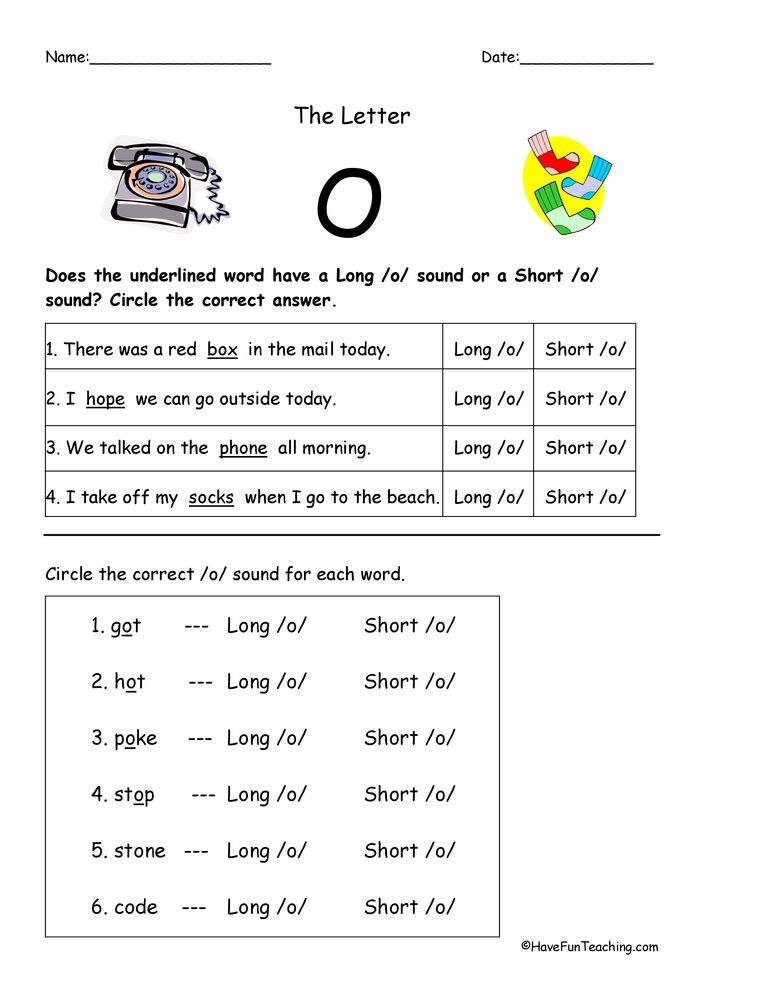 /A/, /d/, add. /P/, /al/, pal. /G/, /um/, gum. /K/, /it/, kit.
/A/, /d/, add. /P/, /al/, pal. /G/, /um/, gum. /K/, /it/, kit.
Linda Farrell: Students who read sound by sound see a letter, make it a sound, see a letter, make it a sound, see a letter, make it a sound. So this is what's happening. What that keeps her from being able to do is develop a visual imprint of words and word patterns on her brain. And you never look at the word as a whole. We're trying to get Calista to look at the word as a whole, as opposed to looking at it letter, by letter, by letter.
Linda Farrell: Now what I’d like you to do is I want you to go back, and this time keep your mouth closed before and think the sounds and don’t open your mouth until you know what the word is and can read it. Okay?
Calista: Did.
Linda Farrell: Keep going.
Calista: Add. Pal. And. Mud.
Linda Farrell: Okay. Phew. You got pretty good there, didn’t ya, closing your mouth.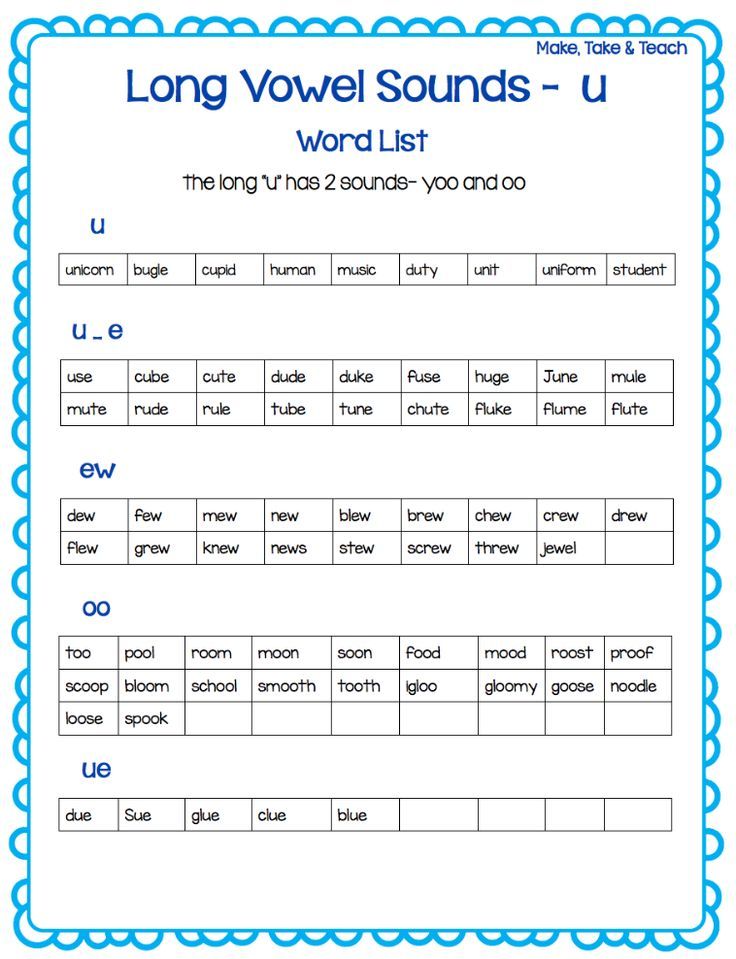
You can sense the wheels turning in Calista’s mind as she works silently to sound out the letters and put the sounds together into a word. Next comes work on fluency.
Linda Farrell: Let’s start right here.
Calista: Can. The. Lad.
Linda Farrell: Okay. Now go back and read it. Again.
Calista: Can. The. Lad.
Linda Farrell: Now can you go back and read it, Can the lad? Okay. Read it.
Calista. Can the lad.
Linda Farrell: Okay.
Calista: Be. In. The. Mud.
Linda Farrell: Okay. Read it like you’d say it.
Calista: Be in the mud.
Linda Farrell: Okay. Now read the whole sentence.
Calista: Can the lad be in the mud.
Linda Farrell: Okay. Can you read that one?
Calista: Kim was hot. And got a fan. Kim was hot and got a fan.
Linda Farrell: Okay. We’re gonna go and read a couple of sentences now. Those were phrases, and they turned into sentences. Could you please read this sentence?
Calista: Gus. Got. Mud. On. The. Rug.
Linda Farrell: Okay. And now we’re gonna go read a passage. Okay. What’s the title?
Calista: Don and Pip.
Linda Farrell: Okay?
Calista: Don was a lad. Pip was a pup. Don and Pip had a run. The sun was hot.
Linda Farrell: She was getting faster as she closed her mouth. She made more mistakes than she would make if she read sound by sound. She didn't make that many mistakes, but she did make more mistakes. But that's okay, because that's what happens when you start changing a habit, is you go backwards a little bit. She'll eventually, and I think fairly quickly, be a much faster reader and a much more proficient reader.
Linda Farrell: Do you ever read a book that you like?
Calista: Mm-hmm.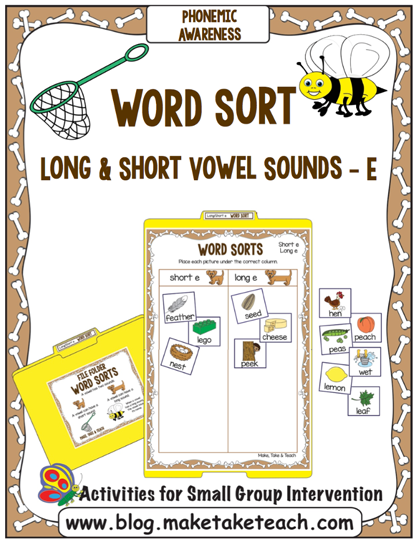
Linda Farrell: Calista made a lot of progress in this lesson, and she is on her way to being a top-notch reader.
Music
We’d like to thank the wonderful students and families at Windy Hill Elementary School in Calvert County, Maryland. We hope that sharing these experiences will help other children who are learning to read.
Special thanks also to Kelly Cleland, Julie Donovan, Joanne Harbaugh, and their outstanding colleagues at Windy Hill Elementary … and to Leanne Meisinger at Calvert County Public Schools.
We are deeply grateful to Linda Farrell, Michael Hunter, and Nicole Lubar of Readsters for their invaluable contributions to this project.
Produced by Noel Gunther
Edited by Christian Lindstrom
Graphic Design: Tina Chovanec
Camera: Richard Chisolm
Audio: Dwayne Dell
For more information about teaching reading, please visit
www.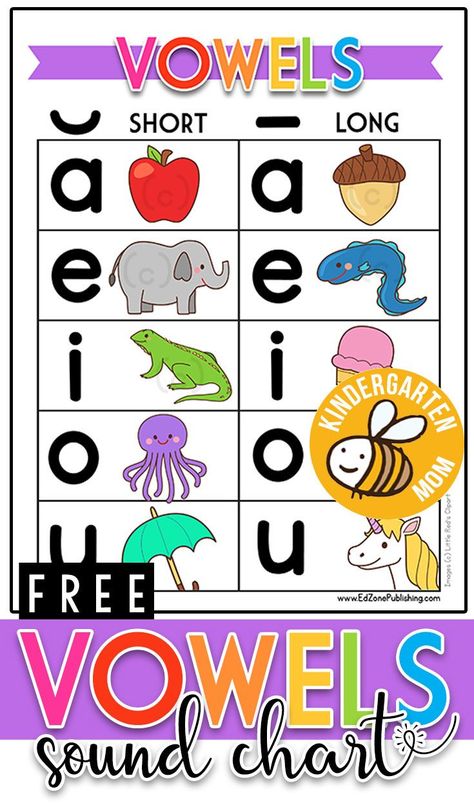 ReadingRockets.org
ReadingRockets.org
Reading Rockets is a service of WETA, Washington, D.C.
© 2019, WETA, Washington, D.C.
Extra tips from the session with Calista
1. Letter Names vs. Letter Sounds
Linda Farrell: Some children manage to read and they don’t know the difference between the letter name and a letter sound and they are strong readers and I don’t care. When a student struggles with reading, that’s often something that’s very difficult for them. They think in terms of letter names only. And when you’re a beginning reader, then they’re just trying to memorize letters.
And if I teach Tim is ‘t - i - m,’ three letters … but time is ‘t - i - m -e,’ four letters, and I ask a student who is not strong in knowing the difference between a letter name and a letter sound, “How many sounds in time? Show me how many sounds in time.” And they’ll put four. They’ll put four letters — four tiles down there, and I’ll say, “Well, tell me the sounds.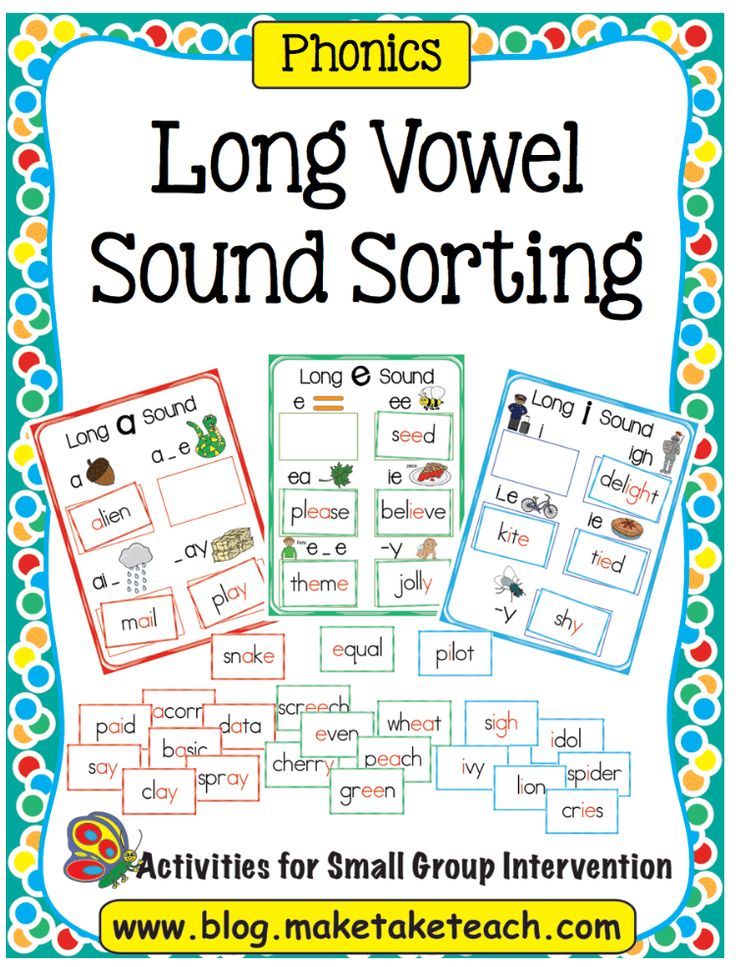 ” “/T/, /i/, /m/, /eh/.” That student understands how time is spelled. They know that word is time. And they have not a clue why that word is time and the other word is Tim.
” “/T/, /i/, /m/, /eh/.” That student understands how time is spelled. They know that word is time. And they have not a clue why that word is time and the other word is Tim.
So when I get a student who’s a sound-by-sound reader or who misreads vowel sounds — they read Tim as time or time as Tim; often they read hop as hope, hope as hop — it’s very important that before I ever start to try to teach them to read that they understand that there’s a letter and there’s a sound, because then I can anchor when I get to teach them that kit is ‘k i t.’ Then they know /k/, /i/, /t/. Now how many sounds in kite? /K/, /eye/, /t/ … three. Three sounds in kite. Great. Now let me show you how kite is spelled. This ‘i’ sound is spelled with two letters: this ‘i’ and this ‘e.’ And now suddenly they go, “Oh, I get how it works.” Some kids get … I happen to be a kid … I thought the short ‘a’ sound was /ah/ because that’s what the doctor has you say.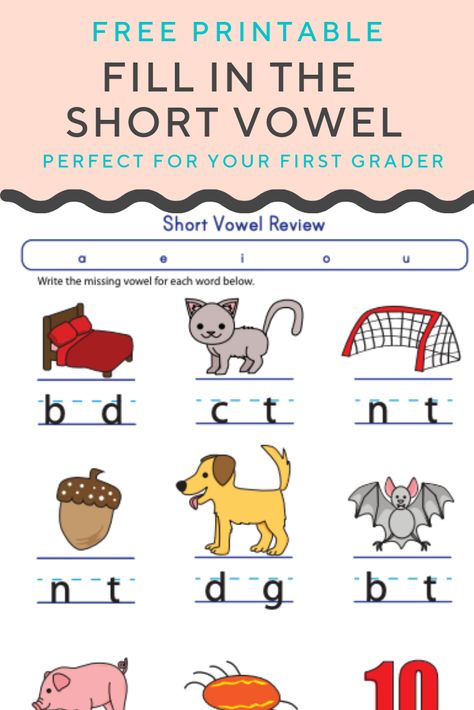
I could read, but, I tell you, I couldn’t teach reading knowing that, because I hadn’t — somehow the patterns, I intuited them, many people do — but when you don’t intuit them, you have to be taught explicitly. One of the things that’s very frustrating is that there are many programs that go real fast, and they don’t teach kids things to mastery. And then we don’t find out who’s struggling until they get to third grade, and now they’re way behind.
And we need to make sure that in first grade Calista masters what’s a letter, what’s a sound. Otherwise, it’s going to get in the way of her reading. It already is, because already she’s thinking in terms of letters — and she can do sounds. She can go, /h/, /u/, /g/, hug. But then I say, “What’s the first sound?” and she goes ‘h.’ Well, she’s not going to be able to understand that ‘th’ together spells /th/, two letters, one sound.
So it’s just a fundamental that we need to teach all children. It wouldn’t have hurt me to learn it.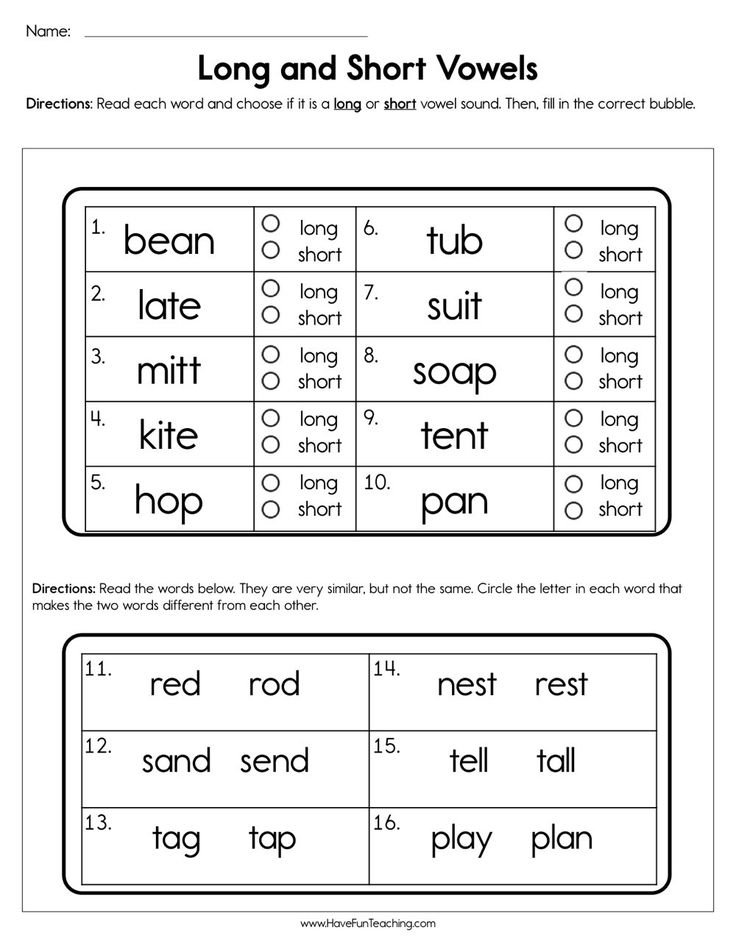 It wouldn’t have hurt anybody to learn that there is a sound and there is a letter. And we will keep children from struggling if we teach that to everyone.
It wouldn’t have hurt anybody to learn that there is a sound and there is a letter. And we will keep children from struggling if we teach that to everyone.
2. Stretching CVC Words
Linda Farrell: We’re gonna learn to do some stretching. Have you ever stretched sounds before?
Calista: Mm-mm.
Linda Farrell: Let me show you how it goes. If I’m going to stretch the word pot, I go like this: Pot. /P/, /ah/, /t/, pot. You do it.
Calista: /P/, /ah/, /t/, pot.
Linda Farrell: And I’m gonna ask you what’s the vowel sound in pot? And you are gonna say … stretch pot. Stretch pot again.
Calista: /p/, /ah/, /t/
Linda Farrell: What’s this sound right here?
Calista: /ah/
Linda Farrell: So the vowel sound is /ah/. What’s the vowel sound?
Calista: /ah/
Linda Farrell: Make the motion.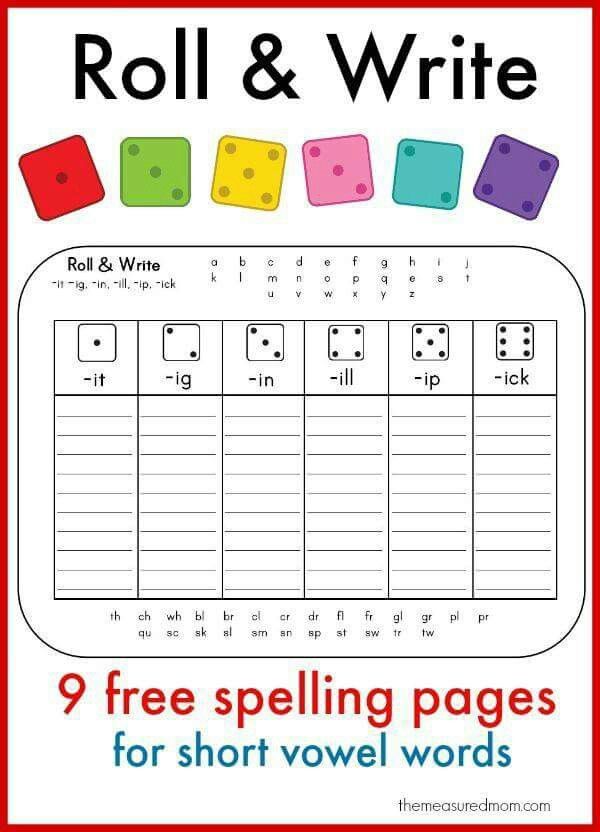
Calista: /ah/
Linda Farrell: And I’m going to ask you, what do we call that vowel sound? And you say …
Calista: Short ‘o.’
Linda Farrell: You got it. Ready? So when I say “Ready,” you go “Ready!”
Calista: Ready.
Linda Farrell: Pet.
Calista: /p/, /e/, /t/, pet
Linda Farrell: Vowel sound?
Calista: /e/
Linda Farrell: And make the motion.
Calista: /eeeh/
Linda Farrell: And what do we call that vowel sound?
Calista: Short ‘e.’
Linda Farrell: Ready?
Calista: Ready.
Linda Farrell: Sum.
Calista: /s/, /u/, /m/, sum
Linda Farrell: Vowel sound?
Calista: /u/, /uuu/
Linda Farrell: And what do we call that vowel sound?
Calista: Short ‘u.’
Linda Farrell: Okay.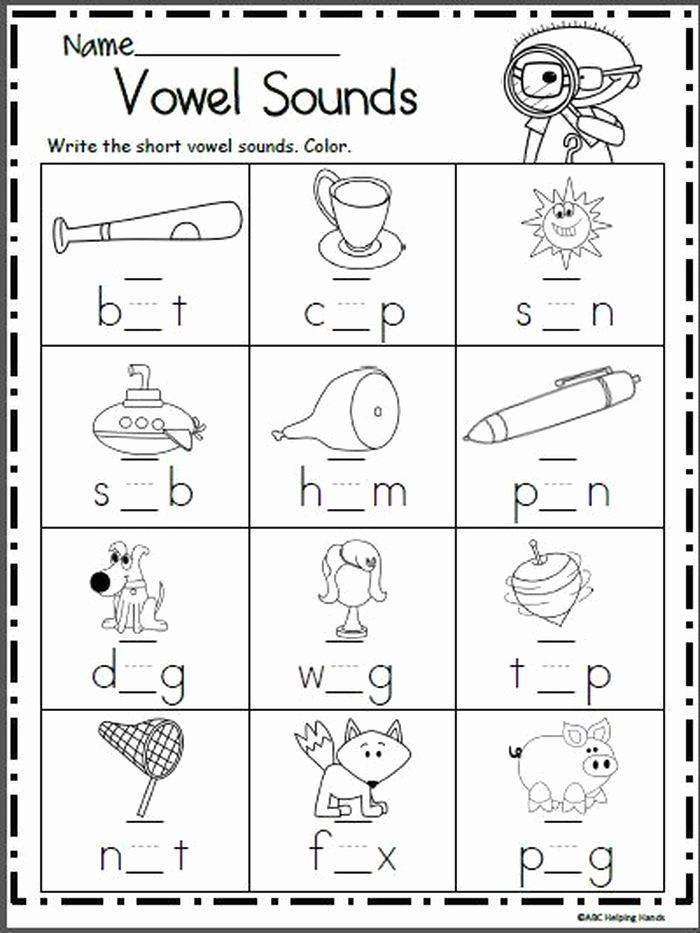 You really know your vowel sounds now. You got it.
You really know your vowel sounds now. You got it.
Long and short vowels in English
Longitude is one of the characteristics of a vowel sound, which shows the relative duration of its sound compared to other sounds.
Longitude can be positional and phonemic. In the first case, the duration of the vowel depends on the position in the word and stress, while this characteristic does not affect the meaning. The phonemic length of a vowel has a semantic function, that is, depending on the length of the sound, the meaning of the word changes.
Length of vowel sounds in English
In Russian, the length of vowel sounds does not affect the meaning of words and changes only depending on stress. In English, vowels differ not only in positional but also in phonemic length. This means that long and short sounds, similar in other characteristics, represent different phonemes. Words that differ only in these phonemes have different meanings: ship - sheep , fit - feet , pull - pool .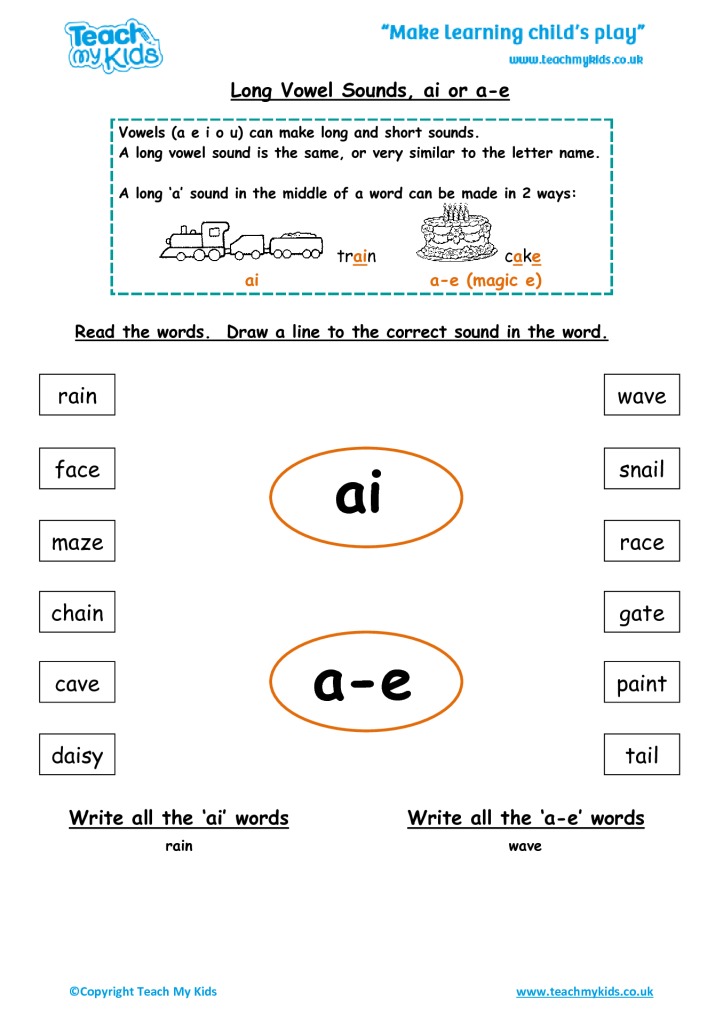 Therefore, it is so important to pronounce long and short sounds correctly.
Therefore, it is so important to pronounce long and short sounds correctly.
In transcription, long vowels are indicated with a colon: [i:], [α:], [ɔ:], [u:], [ә:]. In some cases, long vowels in an unstressed position are reduced and become semi-long, which in transcription is indicated by one dot from above: [α ].
The long vowels listed above are opposed to short vowels, forming the following pairs in English:
- [i:] - [ı]
- [uː] - [u]
- [ɔ:] - [ɒ]
- [α:] - [ʌ]
- [ә:] - [ə]
The pronunciation of long and short English vowels often causes difficulties for Russian learners of English, since in Russian vowels do not have phonemic longitude, and we are not used to distinguishing the length of a vowel sound by ear. We often do not hear the difference between long and short vowels when listening to English speech. It is still not clear how long you need to draw a sound when speaking, so very unnatural, or almost inaudible, or too long vowels are obtained.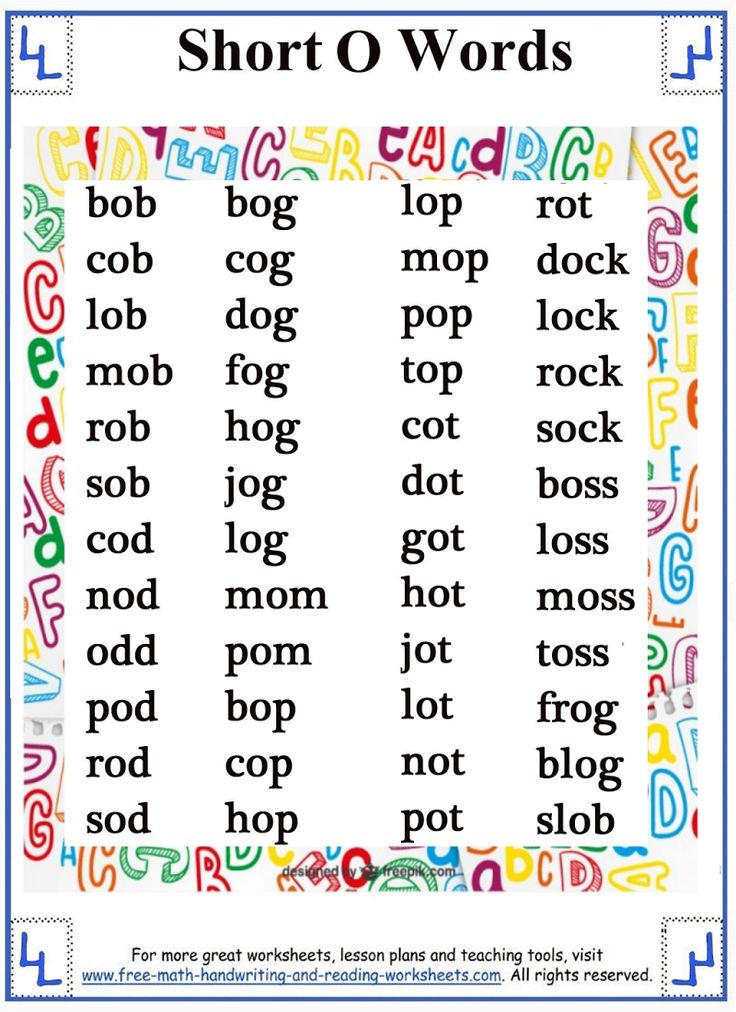 It is impossible to correctly pronounce short and long sounds so that a native speaker hears the difference, even if you diligently shorten short vowels and stretch out long ones.
It is impossible to correctly pronounce short and long sounds so that a native speaker hears the difference, even if you diligently shorten short vowels and stretch out long ones.
Sometimes it seems that native speakers themselves do not know the difference between short and long sounds, they seem to pronounce them the same way - but they themselves understand each other. But it's not. Let's see what are the differences between long and short English vowels, how to learn to hear them and how to train their pronunciation.
Differences between long and short English sounds
It is logical to assume that if vowels are called long or short, they differ in sound length. This is the main difference between them, but not the only one. It is important to understand that long and short sounds have other differences, which consist in articulatory features. This means that the sounds are not just of different lengths, they are also different in sound. And most often it is these articulatory features that determine the length of the vowel sound: the duration of the sound depends on the position of the tongue and the tension of the vocal apparatus.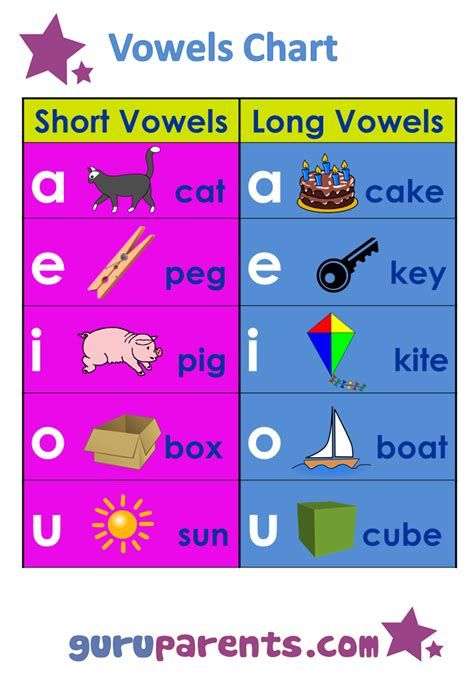
Long and short English vowels differ in such a characteristic as tension. Long vowels are tense, in English they are also called tense . When they are pronounced, the root of the tongue seems to be tense, under tension. The sound is pronounced, bright, rich, clear.
Short vowels are called lax – relaxed. The tongue in the region of the root is relaxed, the vowel sound is articulated quickly, easily, without additional effort, as if bursting. It turns out short, inconspicuous, faded and fuzzy.
Qualitative differences in sounds in different pairs of English vowels range from pronounced to almost imperceptible. It is easy to notice the difference between long and short sounds a: pay attention to how the words cart and cut are pronounced, they differ not only in duration, but also in sound. But the differences between long and short u are almost imperceptible: pool and pull sound very similar, only slightly different in length.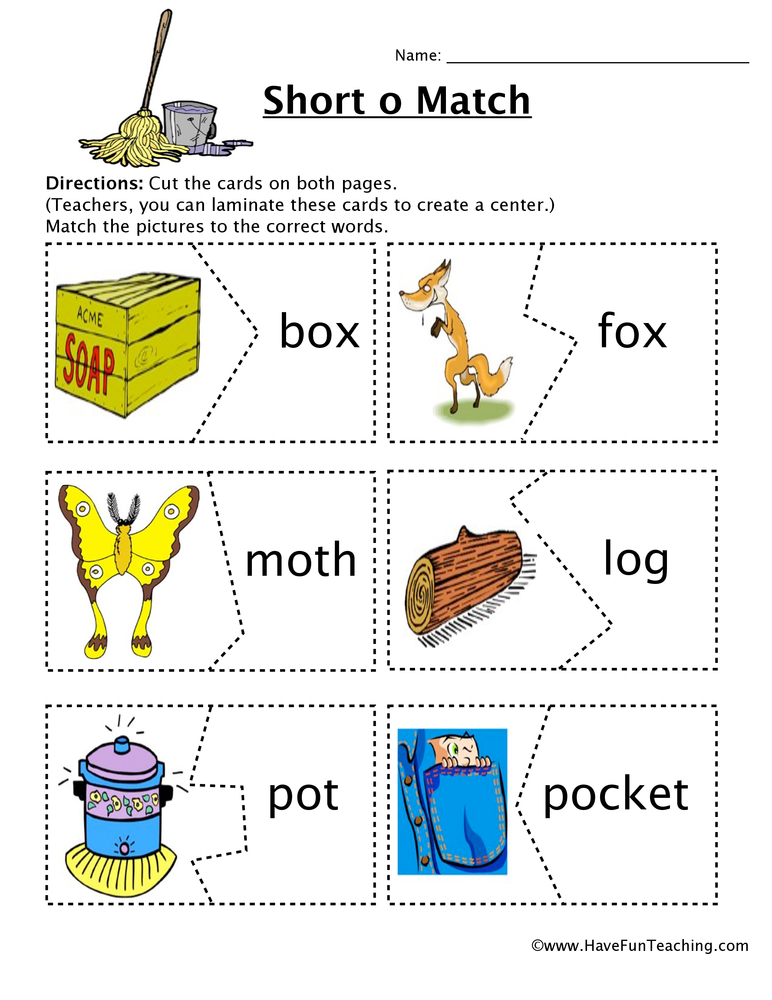 The Scots generally pronounce them the same way, differing only in context.
The Scots generally pronounce them the same way, differing only in context.
In addition, the duration of the pronunciation of vowels is also affected by positional longitude - for example, stressed or unstressed position in a word. As a result, a short vowel sound in one word may sound longer than a long sound in another word.
Thus, it is not enough to rely only on the subjective duration of a vowel sound. All the features of short and long vowels described above must be taken into account when learning English. It remains to understand how to master the pronunciation of long and short sounds in practice.
How to learn to pronounce long and short English vowels
The main mistake foreigners make when pronouncing long and short English sounds is focusing only on duration. But with this approach, it is intuitively incomprehensible where the boundary between a long and a short sound passes: you can’t measure the length of a sound with a stopwatch.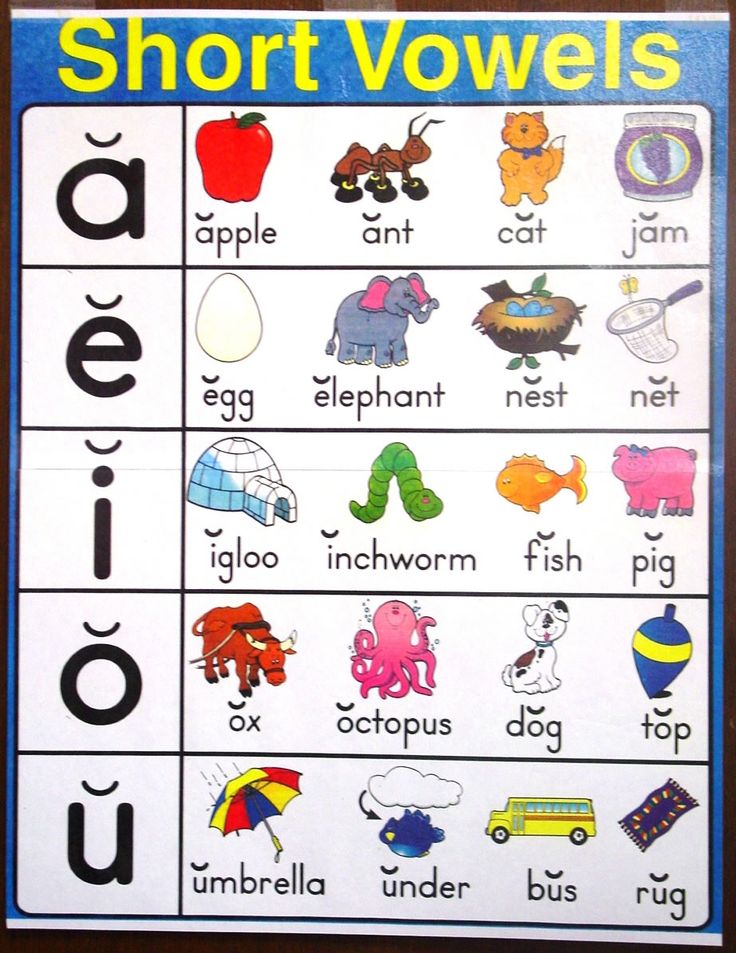 When trying to artificially lengthen or shorten a vowel, the sounds are unnaturally short or drawn out.
When trying to artificially lengthen or shorten a vowel, the sounds are unnaturally short or drawn out.
To learn how to pronounce long and short English sounds, you need to forget about the usual terminology "long" and "short". Try not to think about the duration of the sound at all. To correctly pronounce long and short vowels, you need to focus on their articulation, and not on duration. If we correctly reproduce the pronunciation of the vowel, then the duration will turn out to be correct automatically. Remember that long vowels require more tension at the root of the tongue, while short ones are pronounced without additional effort, easily and without tension.
Pay attention to how native speakers pronounce vowels - don't watch how long they draw them out, but watch the pronunciation, the articulation, the quality of the sound. Repeat, imitate, practice. For practice, it is best to use video lessons or a conversation with a native speaker, since audio materials do not make it possible to see articulation.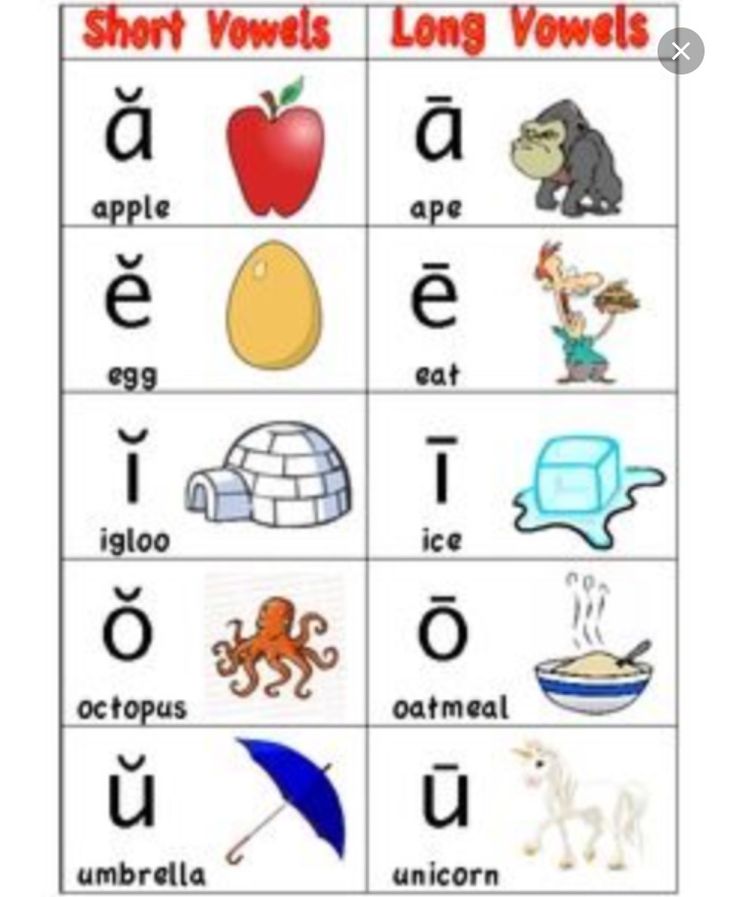
It is best to train long and short sounds not separately, but as part of words. First, this way you will note the influence of positional longitude on the duration of the sound in specific examples. Secondly, just as words are best learned in context, sounds are also best learned in the environment.
Practice pronunciation of long and short vowels in pairs of words to notice the difference between sounds, for example:
- Sport – hot
- Arm-cut
- See-hit
- Food-put
- Fur – ago
When you learn how to pronounce long and short vowels correctly in English, it will become easy to distinguish between them in speech. When listening to speech, forget about the differences in duration, pay attention to the qualitative differences in sounds - how intensely the vowel is pronounced, how bright or faded it sounds, how pairs of sounds differ from each other, except for duration.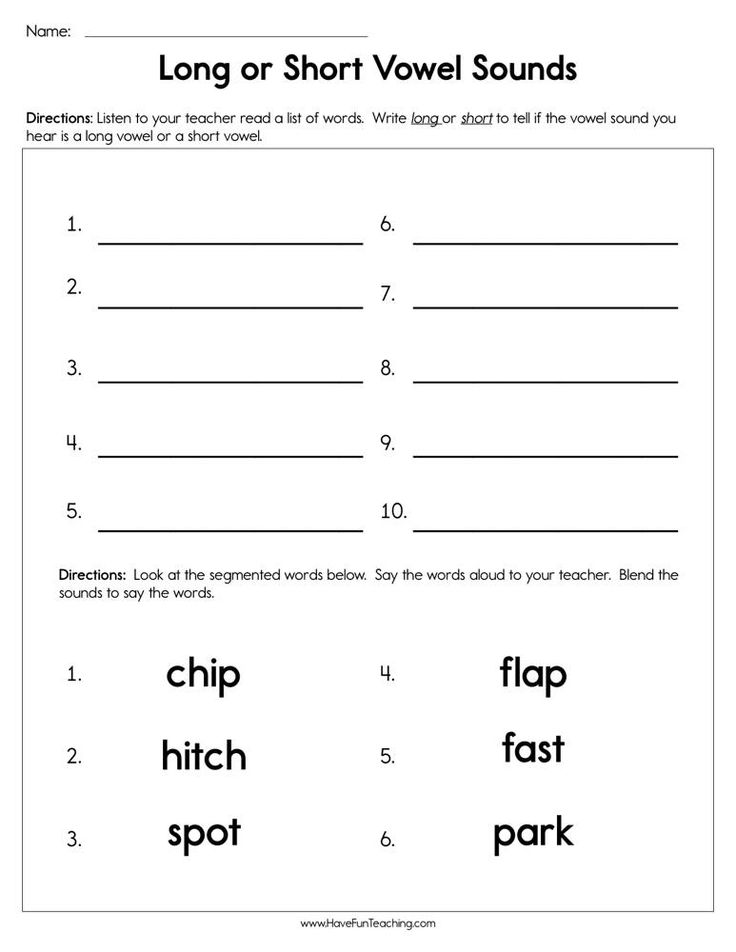
Complete Guide to Reading and Pronunciation
Welcome to our Telegram channel: short lessons on the most important conversational phrases with examples and exercises. Learn English with pleasure. Subscribe >>
This article will help you understand the pronunciation of English sounds, and what combinations of letters they can be expressed in writing.
English pronunciation
English often sounds more dynamic than smoother Russian. It is slightly faster (about 10% - 15%, according to various studies), and sometimes it seems to us that not all words are pronounced in fast speech.
If you have difficulty understanding English by ear and want to hear English better, come to our free training "How to learn to understand English by ear". Registration is open!
Despite the fact that the languages come from the same Indo-European family - which means that they are based on the same pronunciation system - there are a number of significant differences in the pronunciation of Russian and English sounds, words and phrases.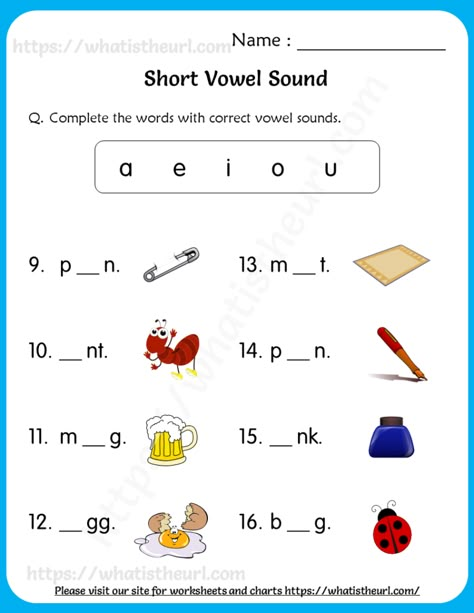
Important features of English pronunciation (compared to Russian)
There are more vowels in English than in Russian. They are usually pronounced with less lip tension.
We have 6 of them: [a], [y], [o], [e], [i], [s], in English there are 12 of them: /ɪ/, /ɪː/, /ʌ/, / ɑː/, /æ/, /ɛ/, /ɜː/, /ɒ/, /ɔː/, /ʊ/, /ʊː/, /ə/.
English sounds usually have two variants:
short and long: /ɪ/ and /ɪː/, /ɒ/ and /ɔː/, /ʊ/ and /ʊː/
light and deeper: /ʌ / and /ɑː/
open and closed: /æ/ and /ɛ/
Unique English vowel sounds:
/æ / - a cross between A and E
/ɜː/ (soft O) - a cross between O and Y
/ə/ - weak schwa (extremely weak sound, something the middle between A, O, E - pronounced in most unstressed syllables).
In English there are no our compound vowels E [ye], Yo [yo], Yu [yu], Ya [ya], but there are diphthongs.
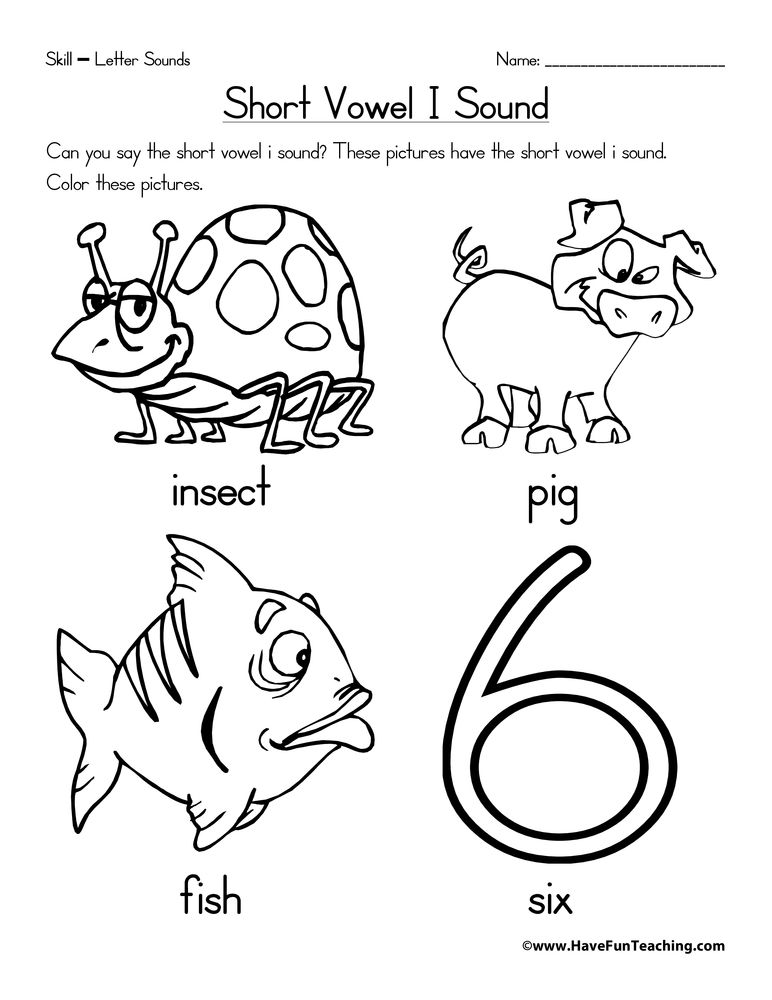
English diphthongs are double sounds /aɪ/ ( Time ), /Eɪ / (Space) , /ɔɪ / (Boil) , /ɛə / (Care) , /əʊ / (KNOW) , /Aʊ / (now) , /ɪə/ (fear) , and /ʊə/ (cure) .
The first sound of the diphthong is pronounced more clearly than the second. That is why we often hear poorly or confuse words with diphthongs when listening.
English consonants often differ in their pronunciation even of sounds similar to Russian.
There are as many as 36 consonants in Russian (with 21 letters), but in English there are only 24. It is important to remember that even similar sounds (for example, /p/ or /d/ are pronounced differently than in Russian - see table below for details ).
Unique English consonants:
/w/ semi-vowel, somewhere between U and B
/ð/ and /θ/ З (Ф and С in deaf variation)
/ŋ/ — nasal Н
The main difference between the pronunciation of Russian and English consonants is that in Russian we often deafen the final consonants (for example, the words year and goth may sound the same), and this does not happen in English.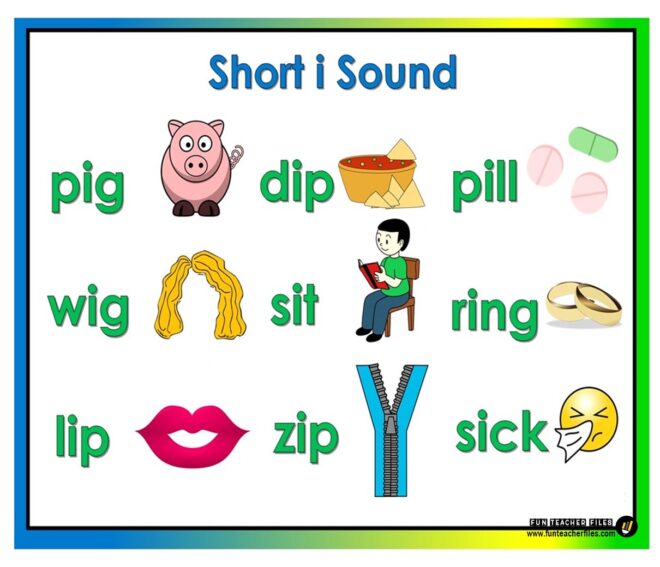 It is important to remember this, as we can confuse pairs of words (for example, bed - bet ) and hear final consonants badly.
It is important to remember this, as we can confuse pairs of words (for example, bed - bet ) and hear final consonants badly.
The so-called "clusters" - combinations of several consonants within or at the junction of words. Words like three, sixth , and others can cause pronunciation problems.
I recommend using the interactive sound table or the Cambridge mobile app to practice pronunciation of sounds and improve accent.
The same letter can represent several sounds depending on the position in the word.
The most important difficulty in learning English is mastering its rules of reading.
Despite the fact that there are only 26 letters in the English alphabet (as opposed to 33 in Russian), learning to read words and phrases in English is not easy.
1/ The vowels in the alphabet have a so-called "open" pronunciation, different from other European languages.
How to Read the Sounds of the English Alphabet2/ The vowel sounds in stressed words are read differently depending on the type of syllable they are in.
3/ Unstressed vowels are pronounced with a very weak schwa /ə/ sound.
This sound is so weak that we often cannot hear it. In our English pronunciation, we often pronounce it too intensely.
For example, the word vegetable is not pronounced VEGETABLE with the same intensity of all sounds, but /vedʒt(ə)b( ə )l/ , that is, after a clear stressed syllable VE come reduced syllables, all of whose sounds are read with schwa and are almost inaudible (and often not audible at all).
I will tell you more about this feature of English stress in the article “How to learn to understand English by ear”.
4/ Many vowels and consonants are written with letter combinations to remember.
Mistakes in pronunciation lead to problems in listening to fast English speech. I recommend purchasing our "Complete Guide to the Rules of Reading" . It will help fill gaps in your knowledge of pronunciation rules and help you avoid common mistakes. ow
kn ow ledge
Pronounced drawlingly, as it is stressed, but the position of the lips in Russian is less tense than.
h or se, sp or t, res or t
-oar-
b oar d
aw
s aw , l aw , l aw n
Ough + consonant
B OUGH T, BR OUGH T, Th OUGH T
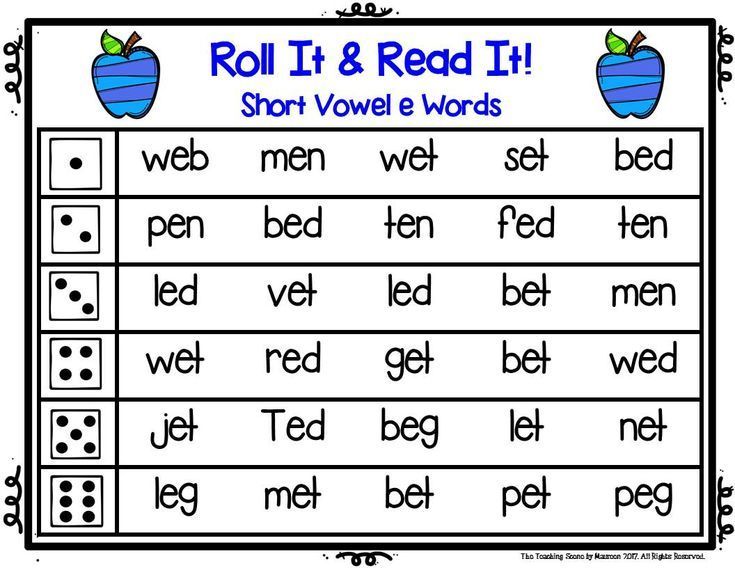 There is a small gap between the upper and lower teeth. We pronounce something between O and Y. The feeling is as if we are holding a straw from a cocktail in our mouth, but we do not push our lips forward.
There is a small gap between the upper and lower teeth. We pronounce something between O and Y. The feeling is as if we are holding a straw from a cocktail in our mouth, but we do not push our lips forward. Slightly less lip tension than in Russian. The back of the tongue is slightly raised. The lips are rounded, but slightly. Pronounces the long U.
F OO D, M OO D U in open syllable 9011 m U 2 SIC, S UI UI UI UI UI UI UI UI UI UI UI UI UI UI UI A end mute e
t u ne, J u ne, bl
b oo k, g oo d
u
p u t
ou
c ou ld
o
W O MAN

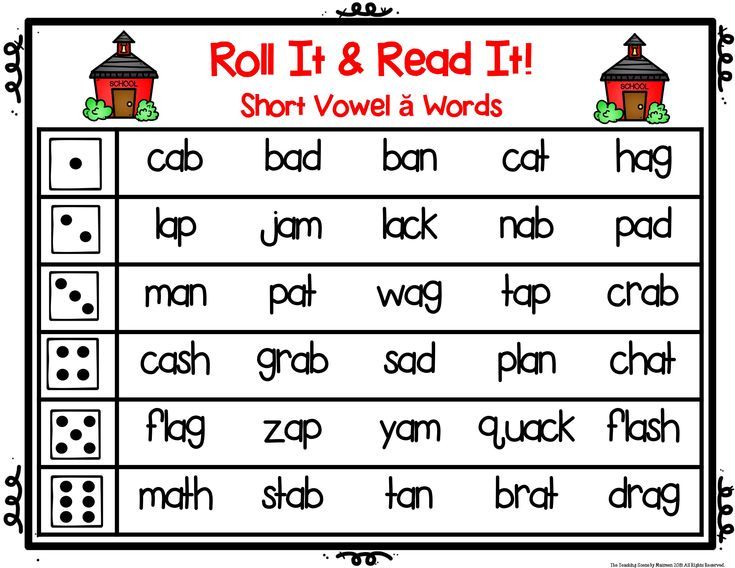 After the first sound, immediately the tongue moves up to pronounce the sound /ɪ/. The second element of the diphthong is pronounced with less intensity.
After the first sound, immediately the tongue moves up to pronounce the sound /ɪ/. The second element of the diphthong is pronounced with less intensity. 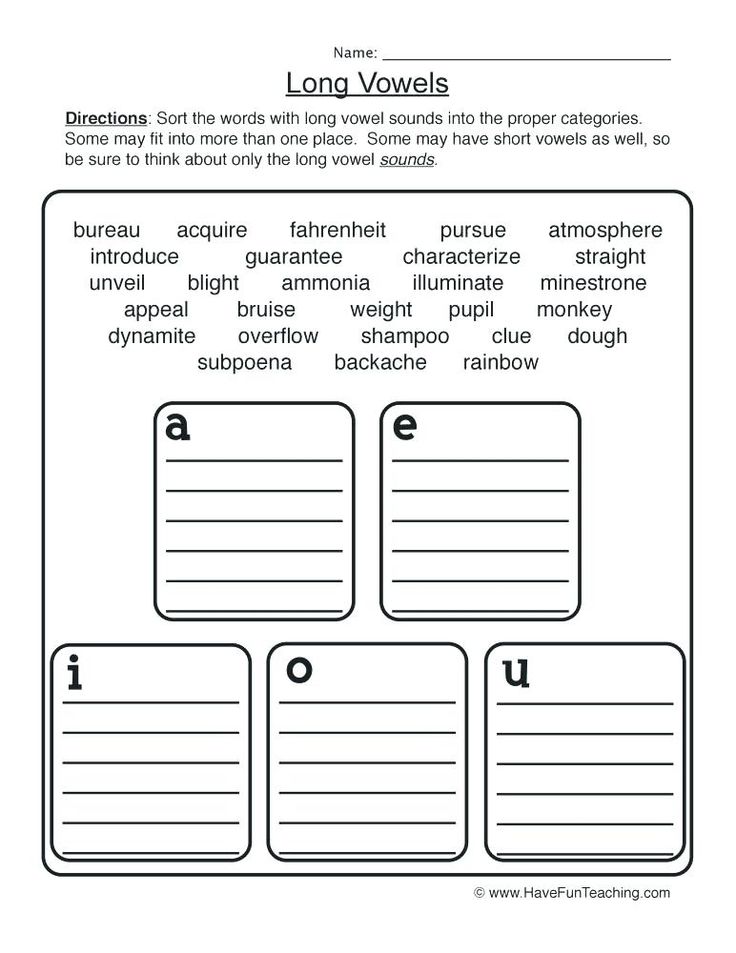 The second element of the diphthong is pronounced with less intensity. air air
The second element of the diphthong is pronounced with less intensity. air air 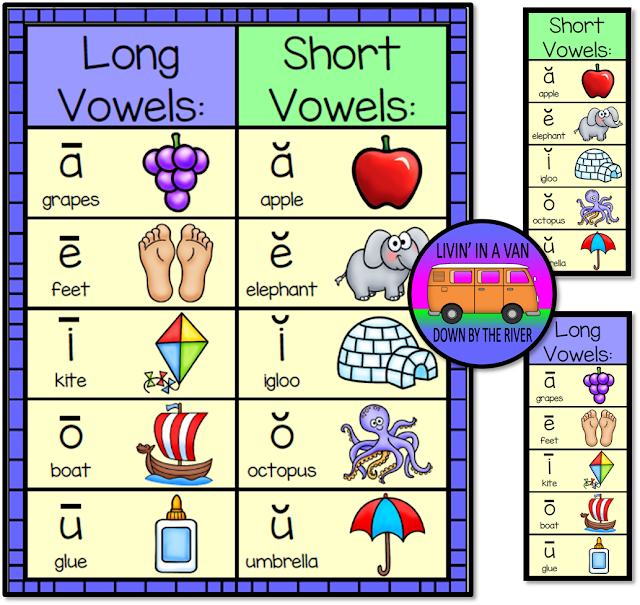 When pronouncing /d/, the tip of the tongue is raised up and pressed against the alveoli (tubercles at the base of the upper teeth), then the tongue is transferred to the middle part of the mouth and soft /ʒ/ is pronounced
When pronouncing /d/, the tip of the tongue is raised up and pressed against the alveoli (tubercles at the base of the upper teeth), then the tongue is transferred to the middle part of the mouth and soft /ʒ/ is pronounced 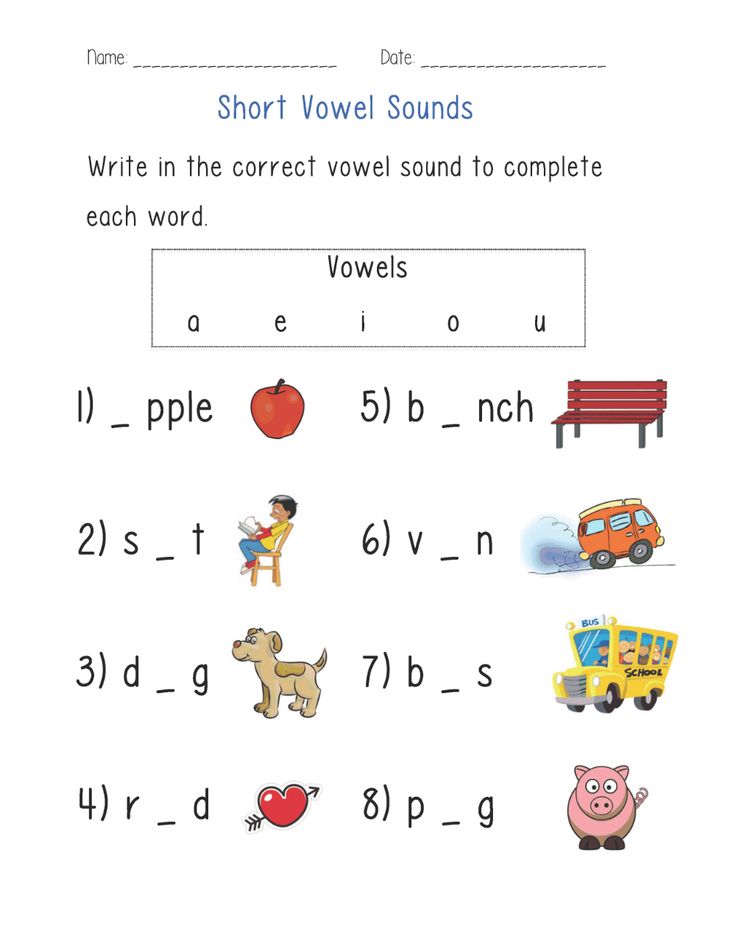
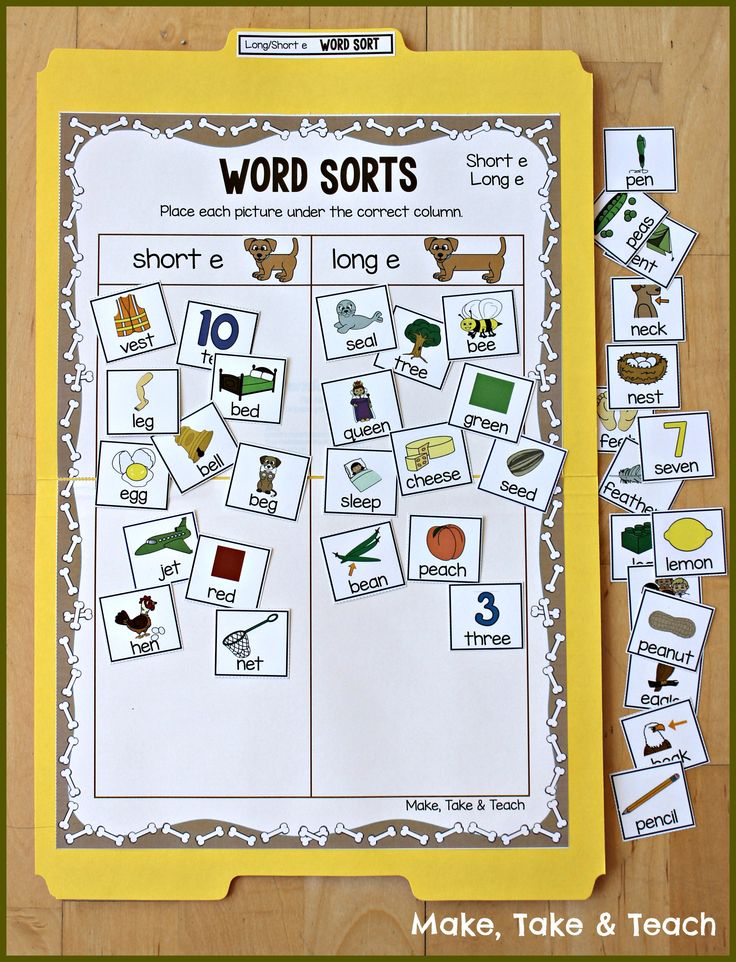 The lips immediately move into position to pronounce the next vowel.
The lips immediately move into position to pronounce the next vowel. 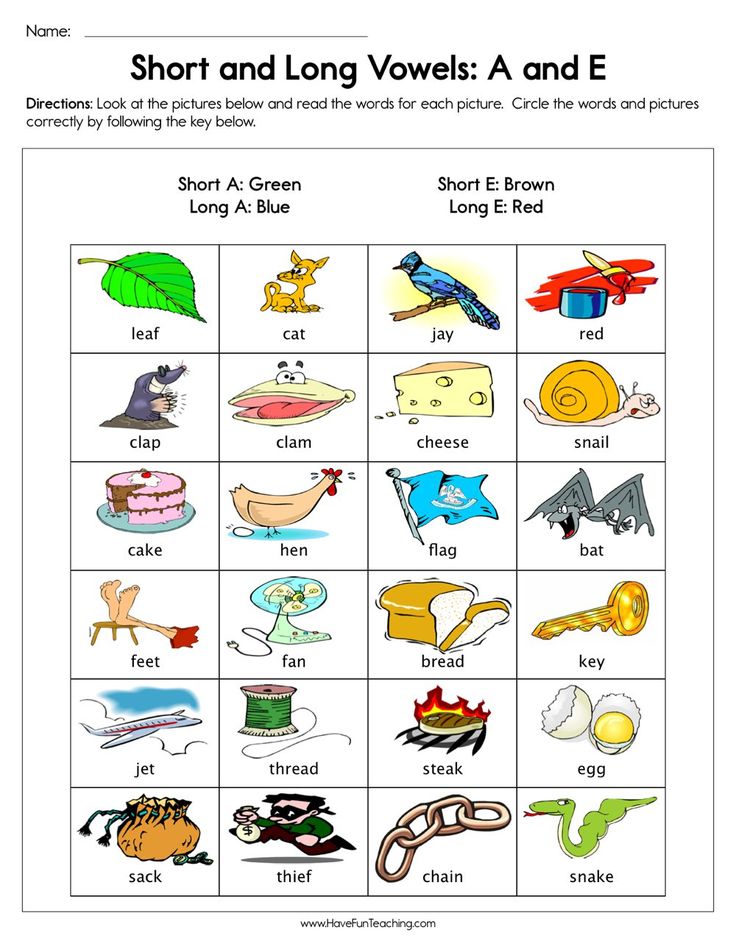 Practice the sounds of the American accent.
Practice the sounds of the American accent. 
